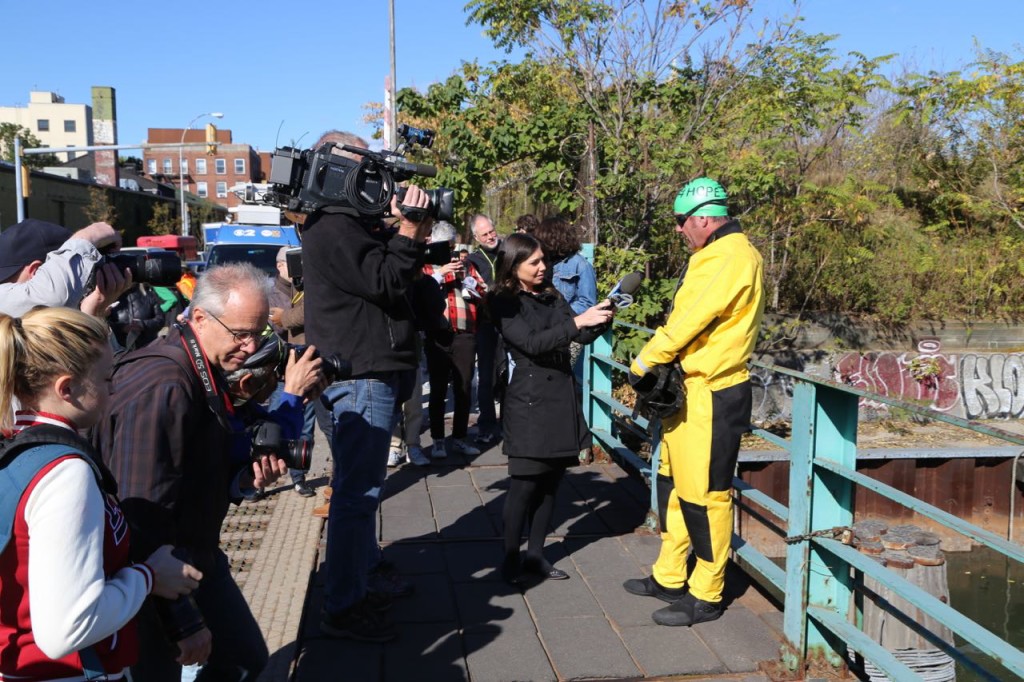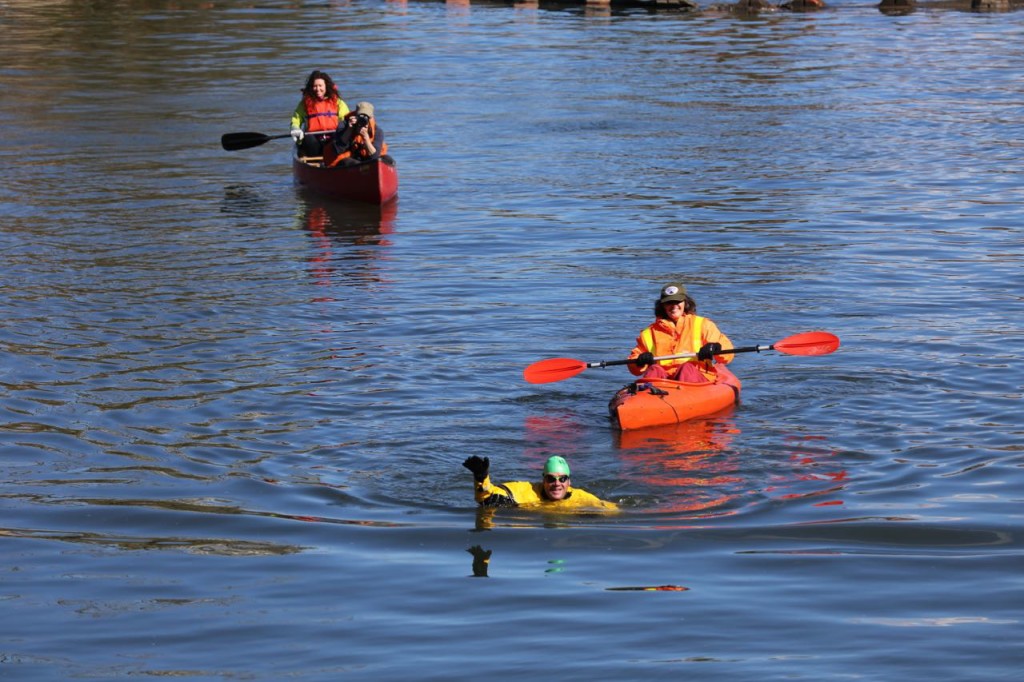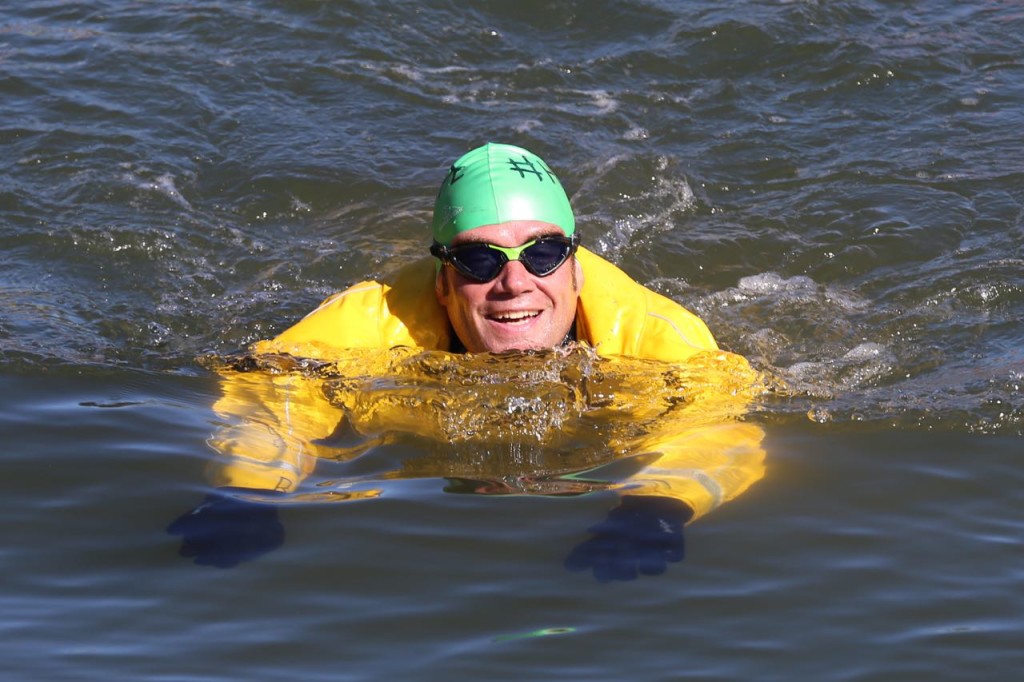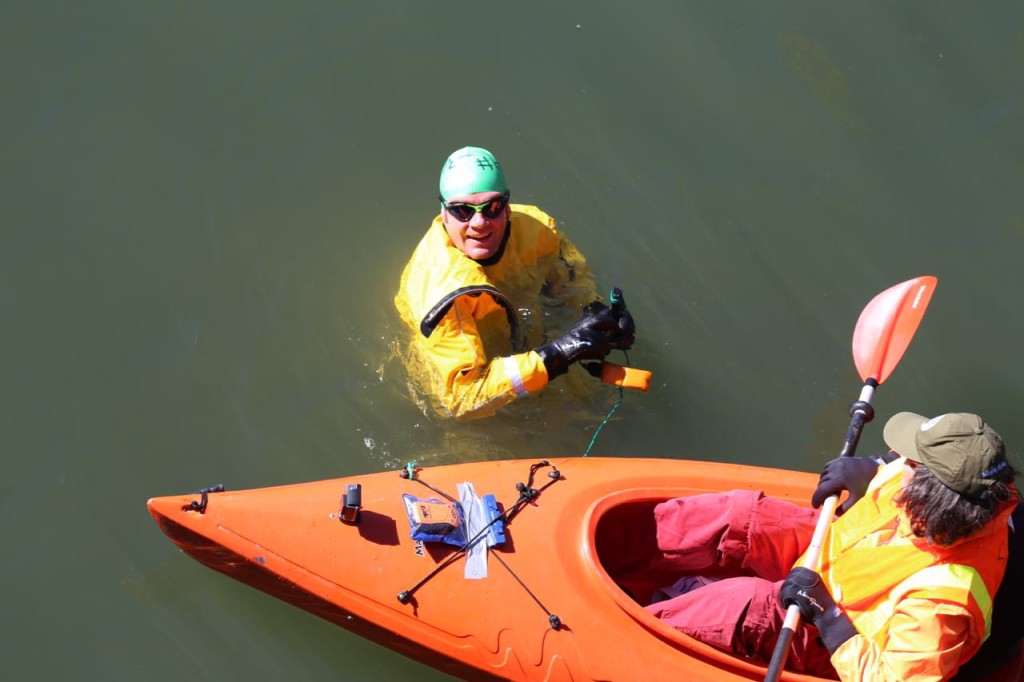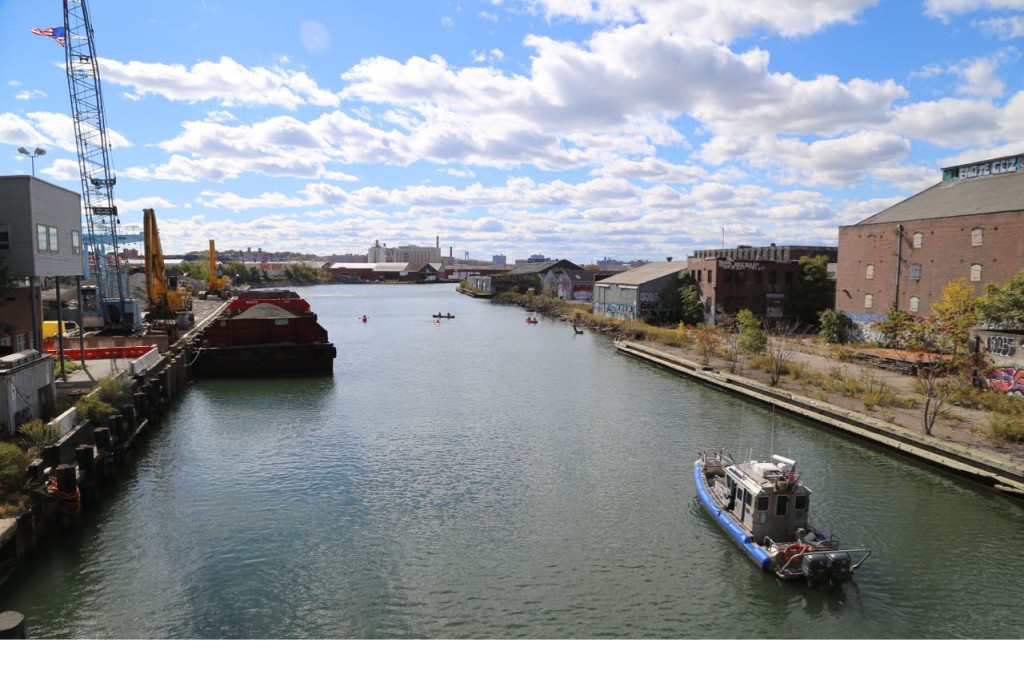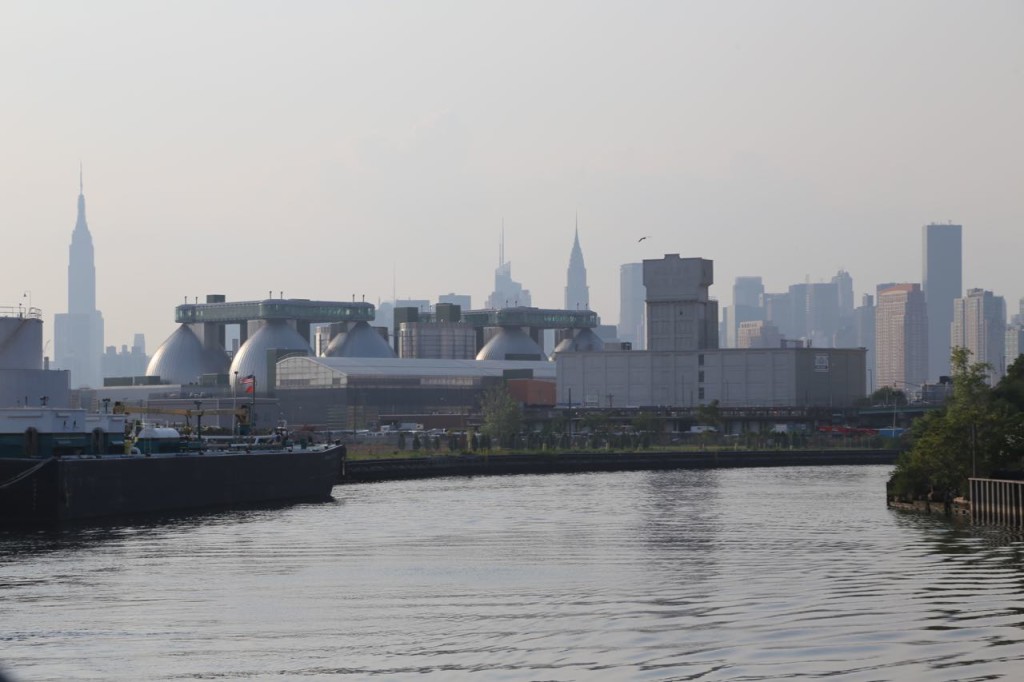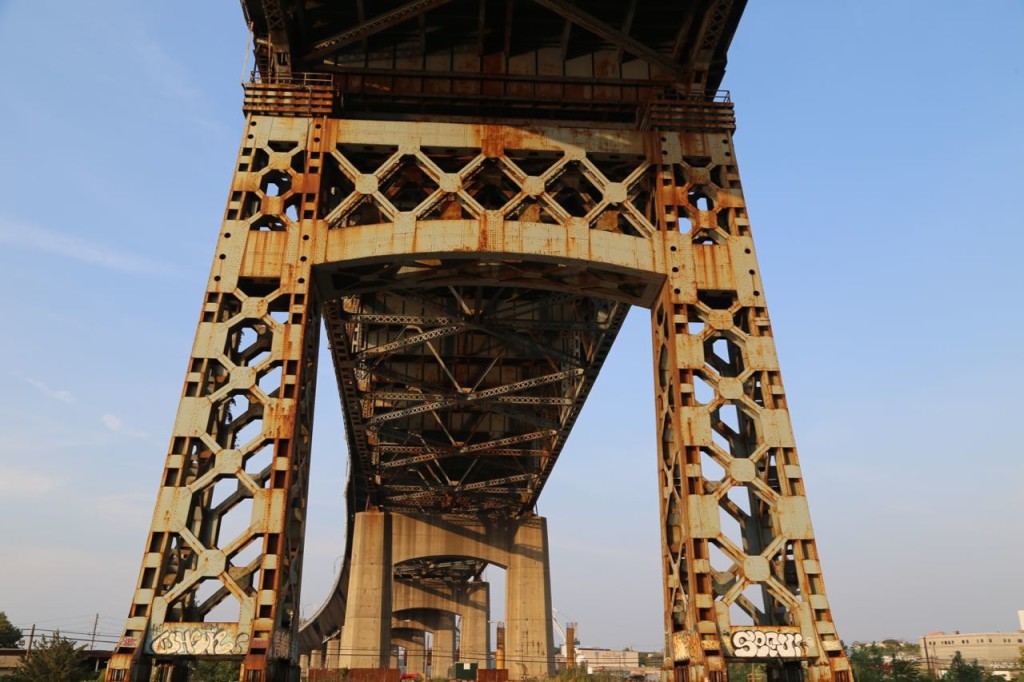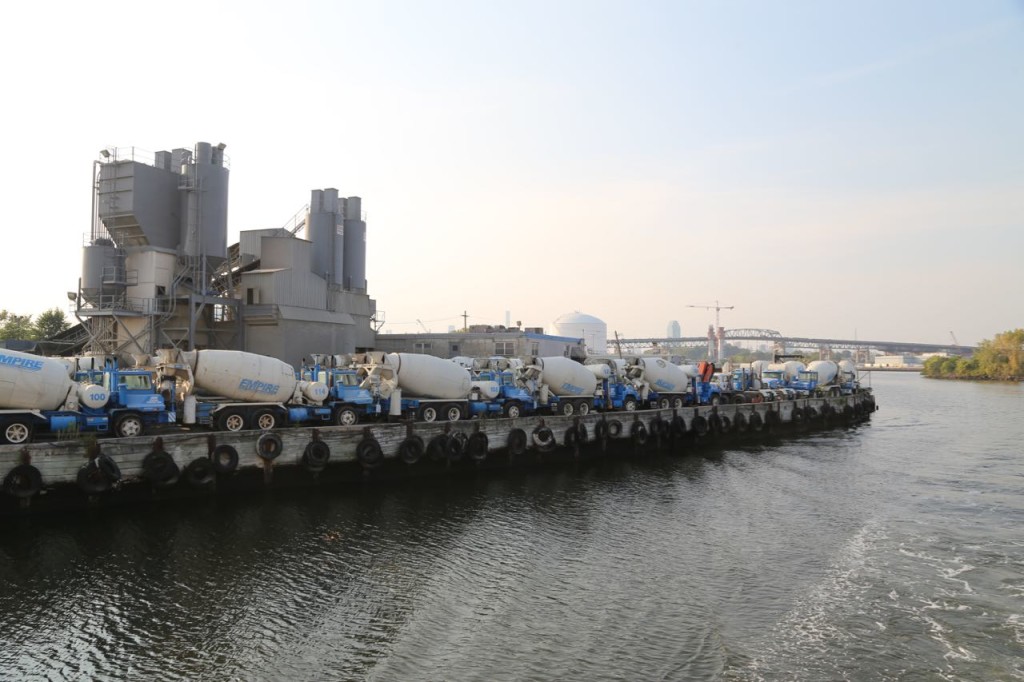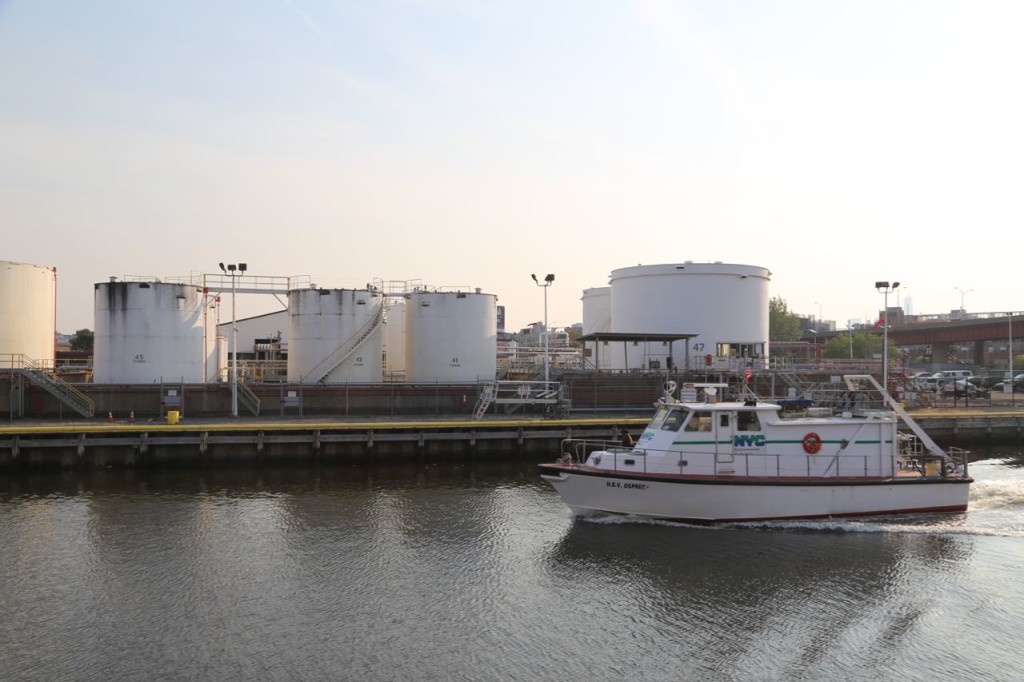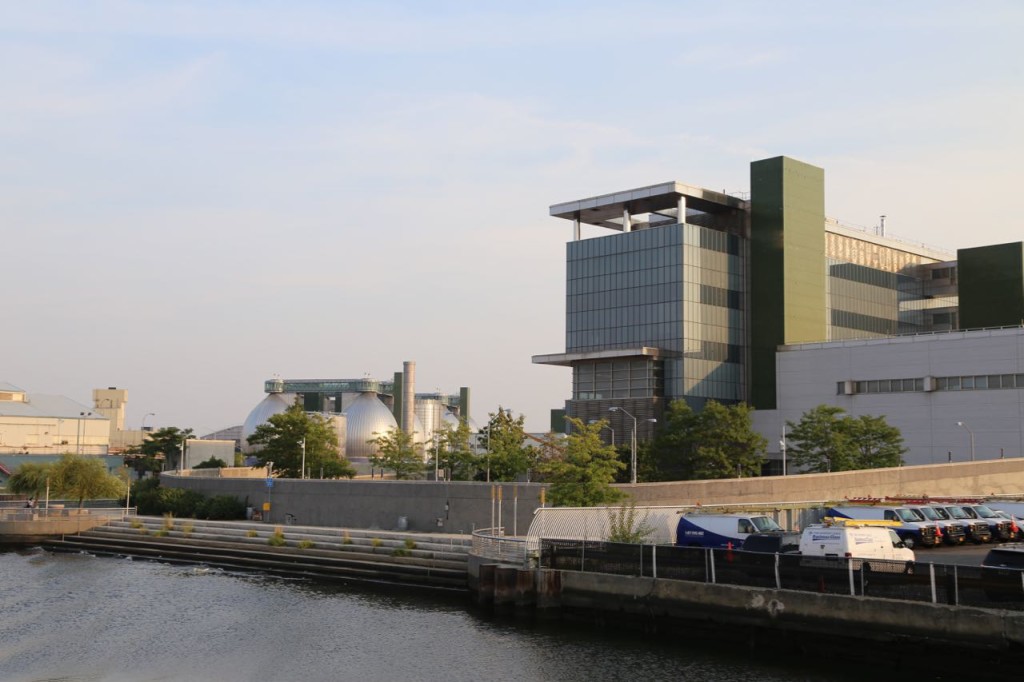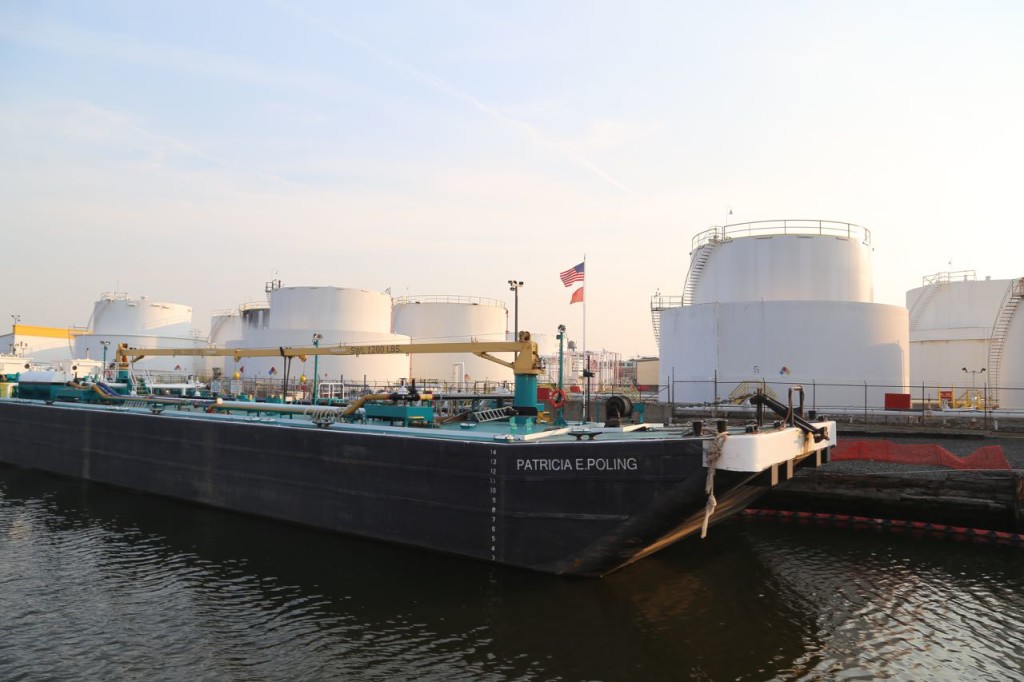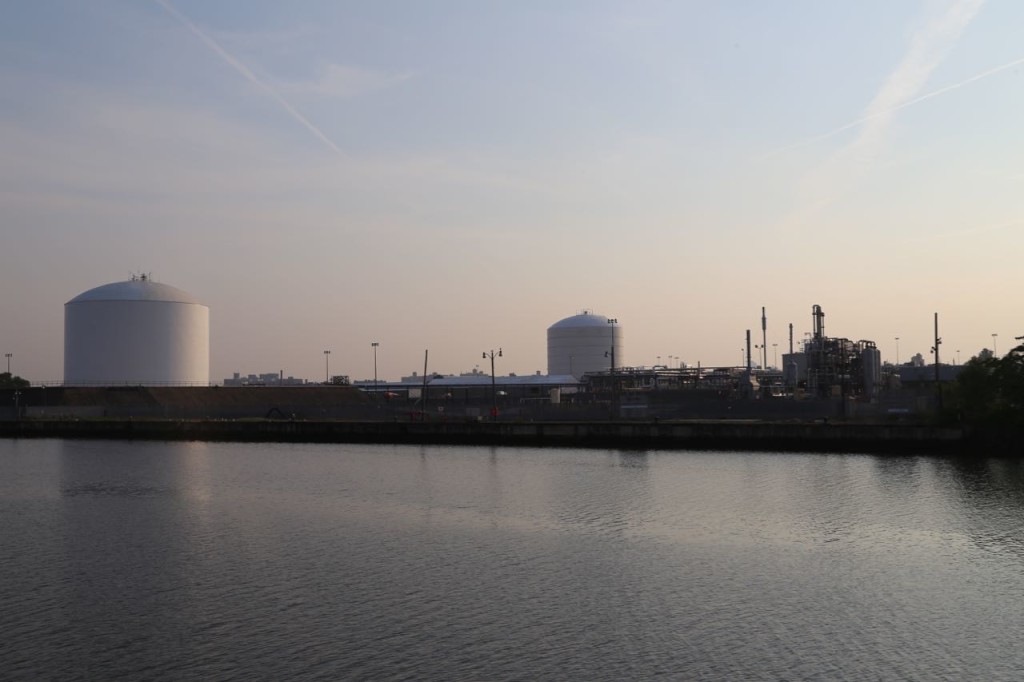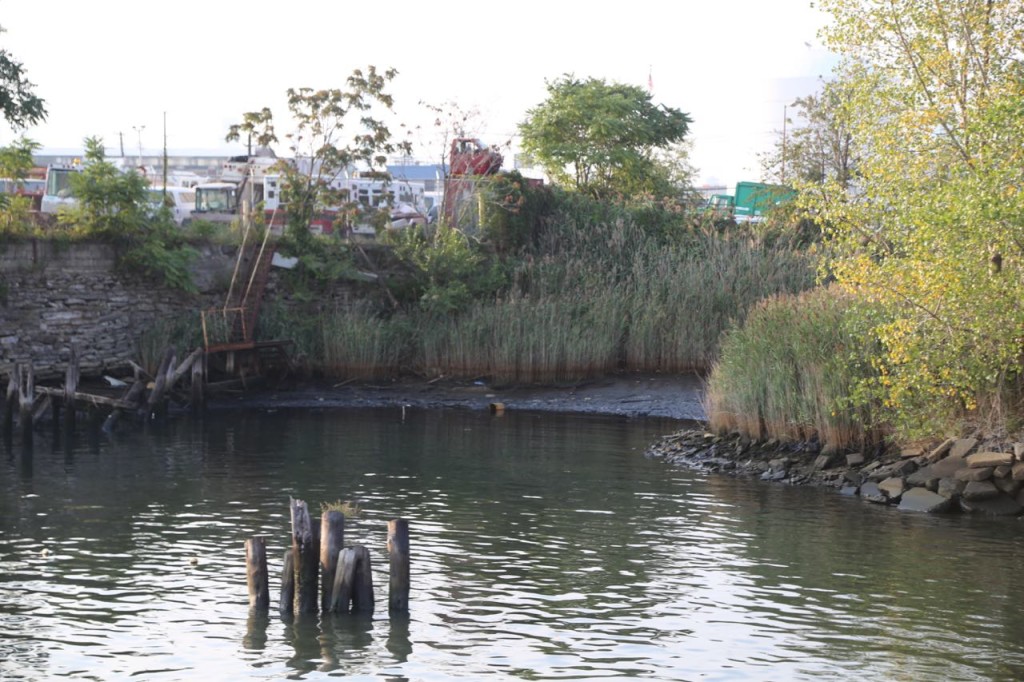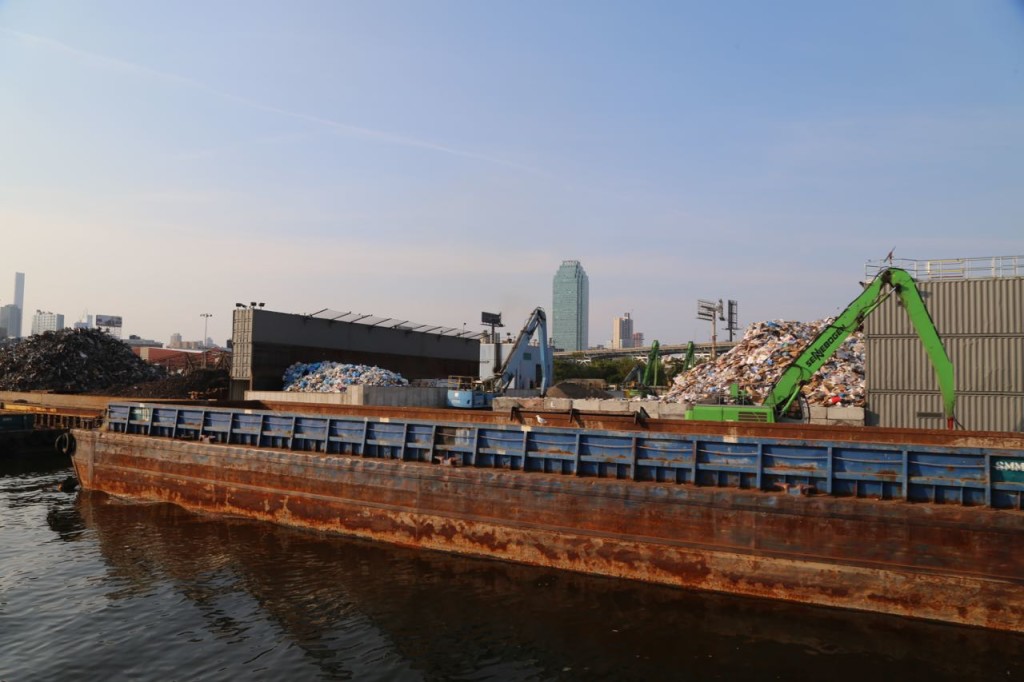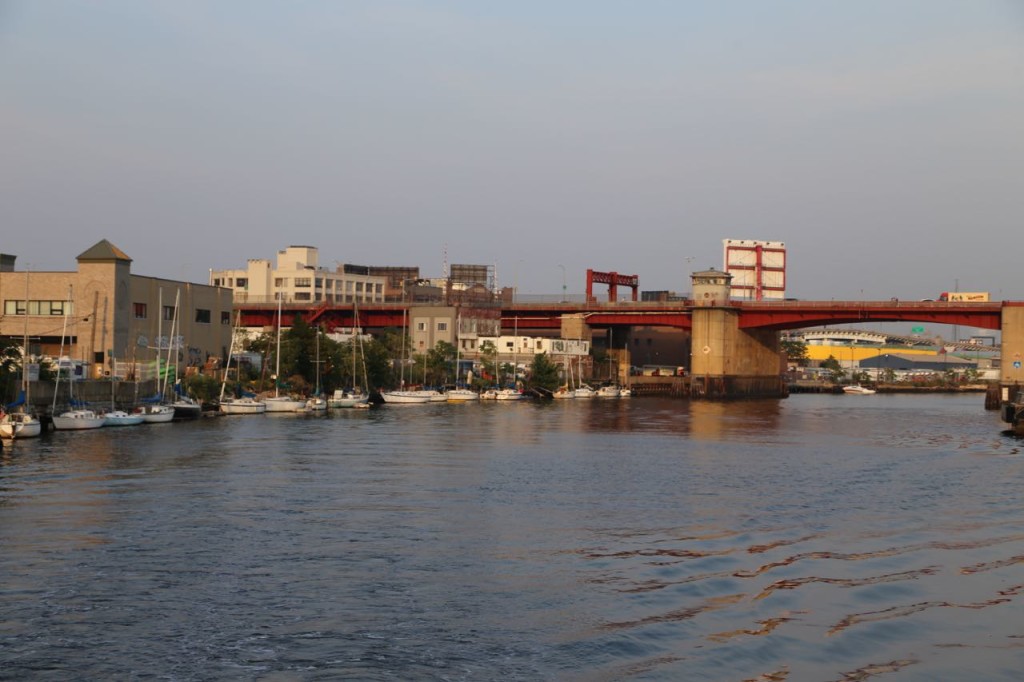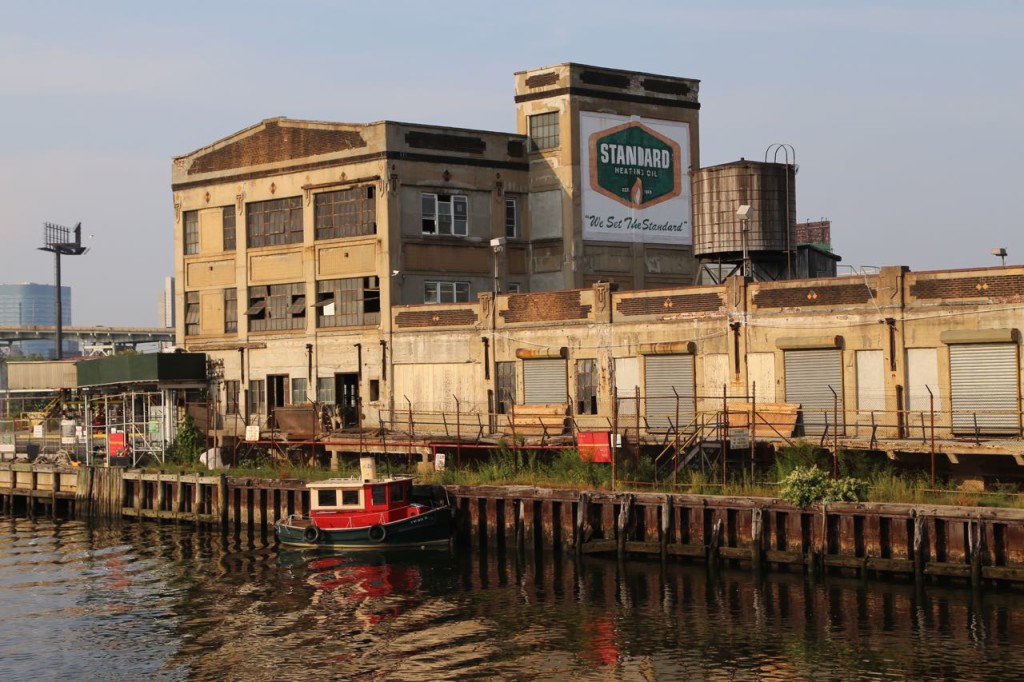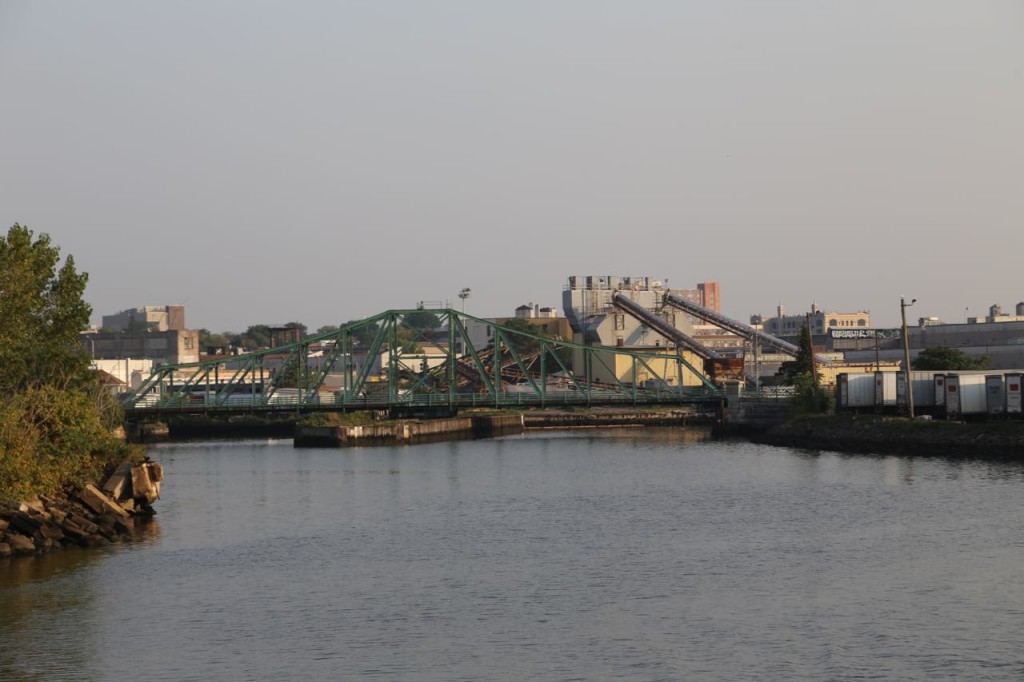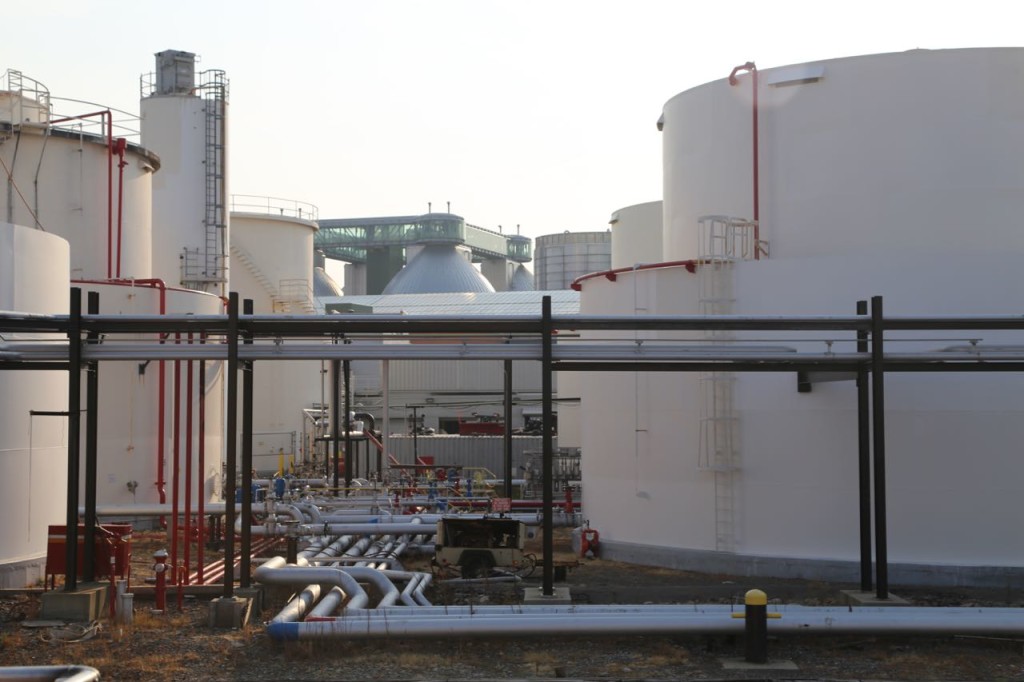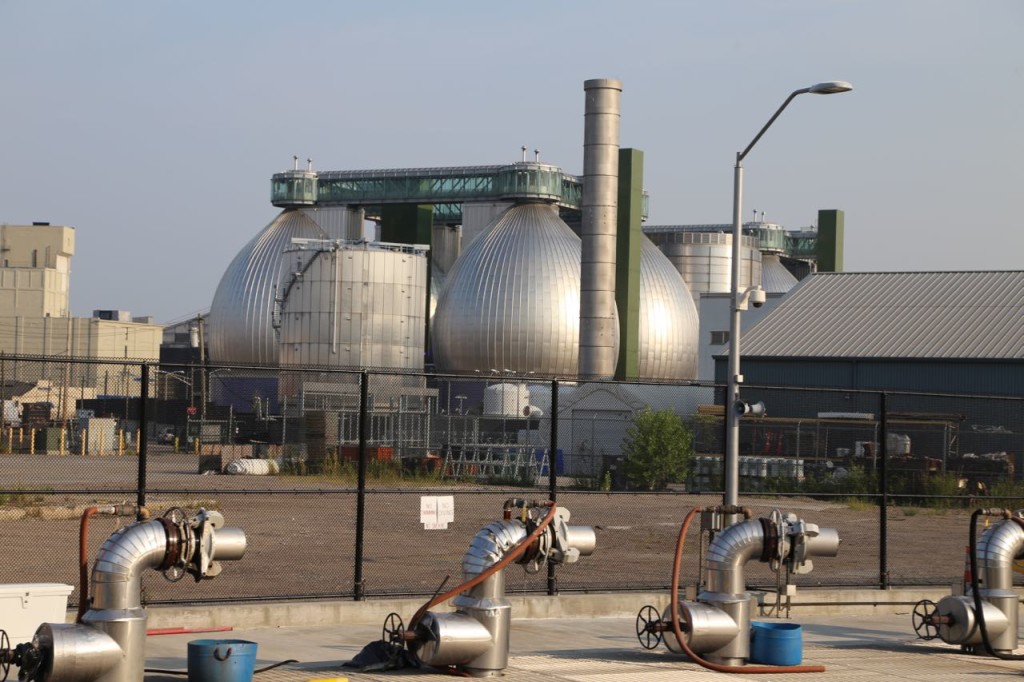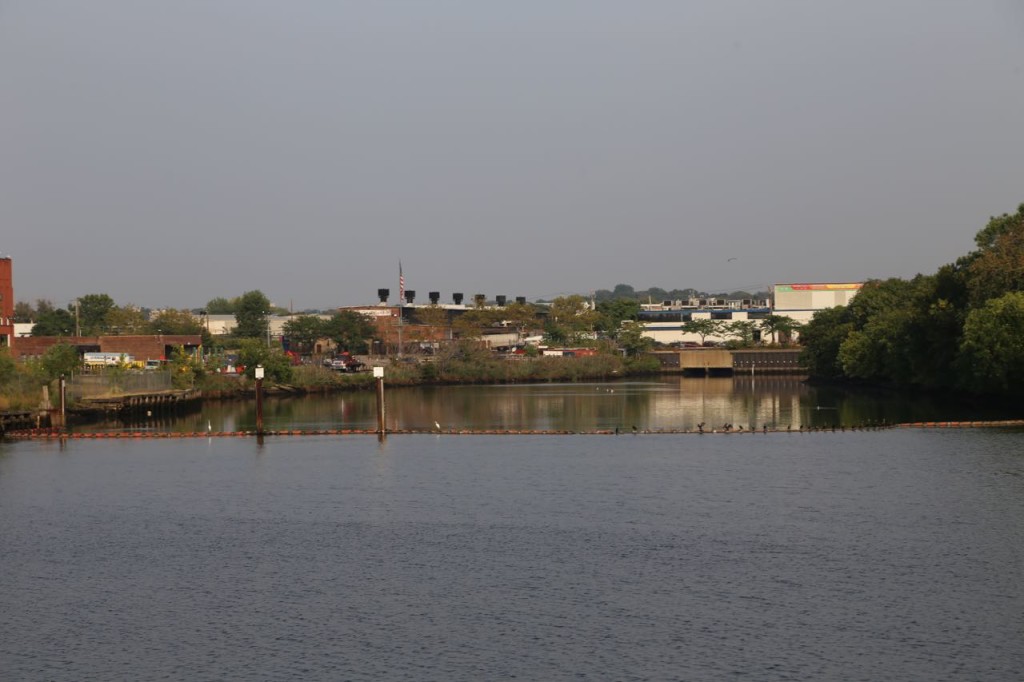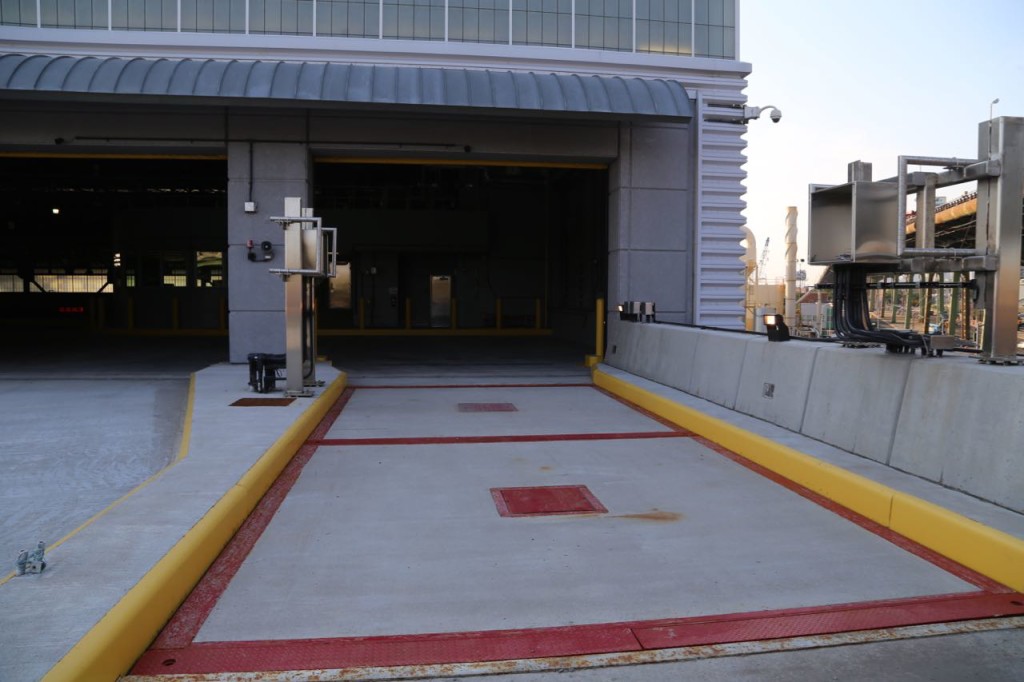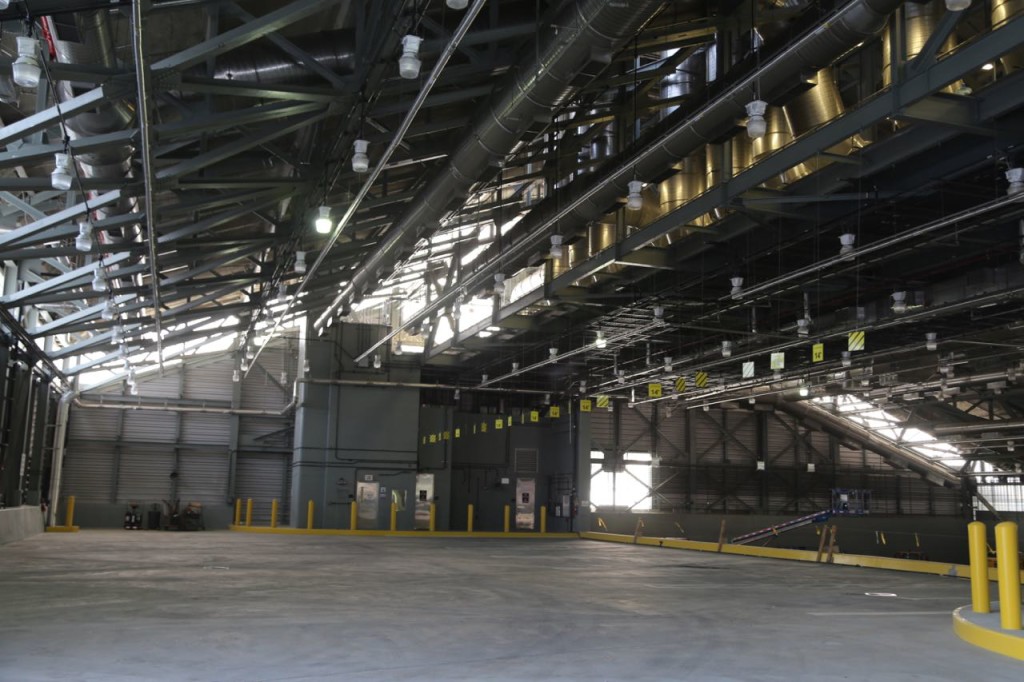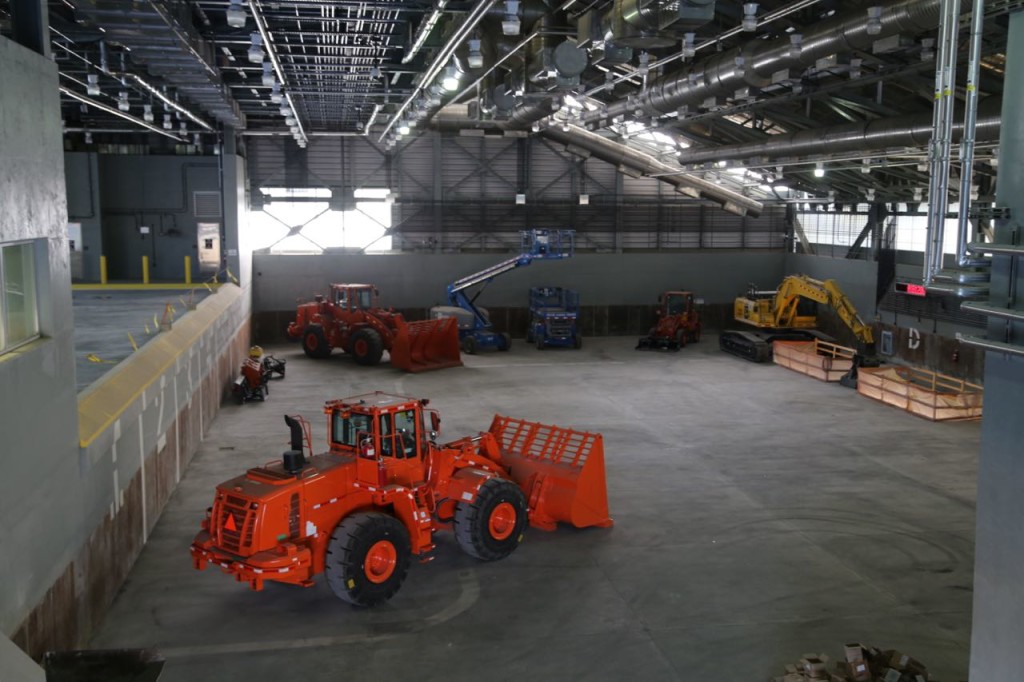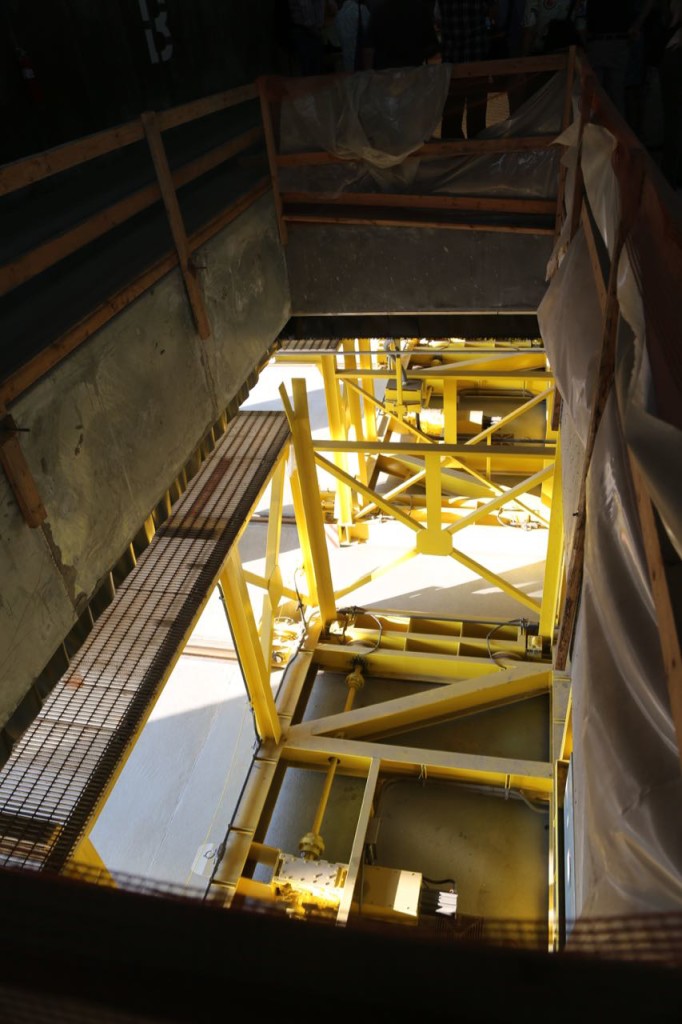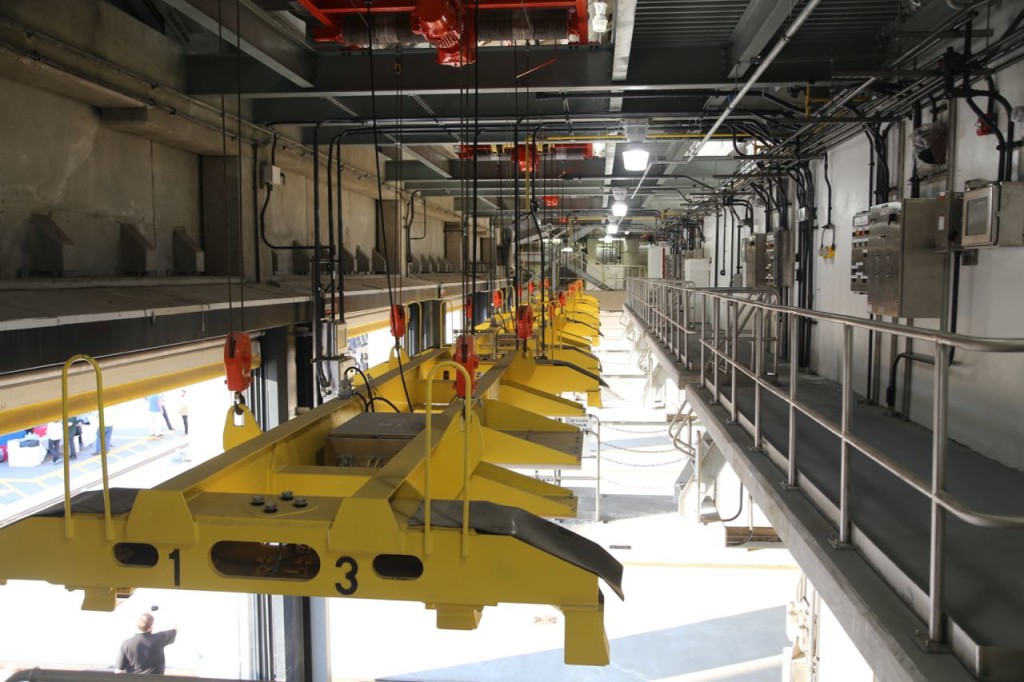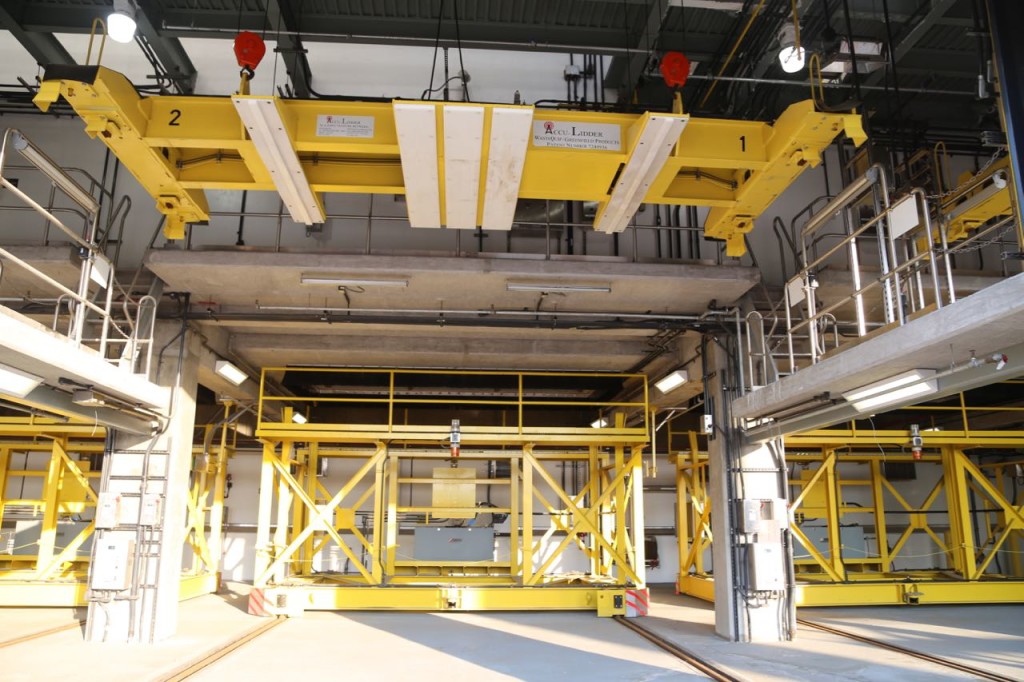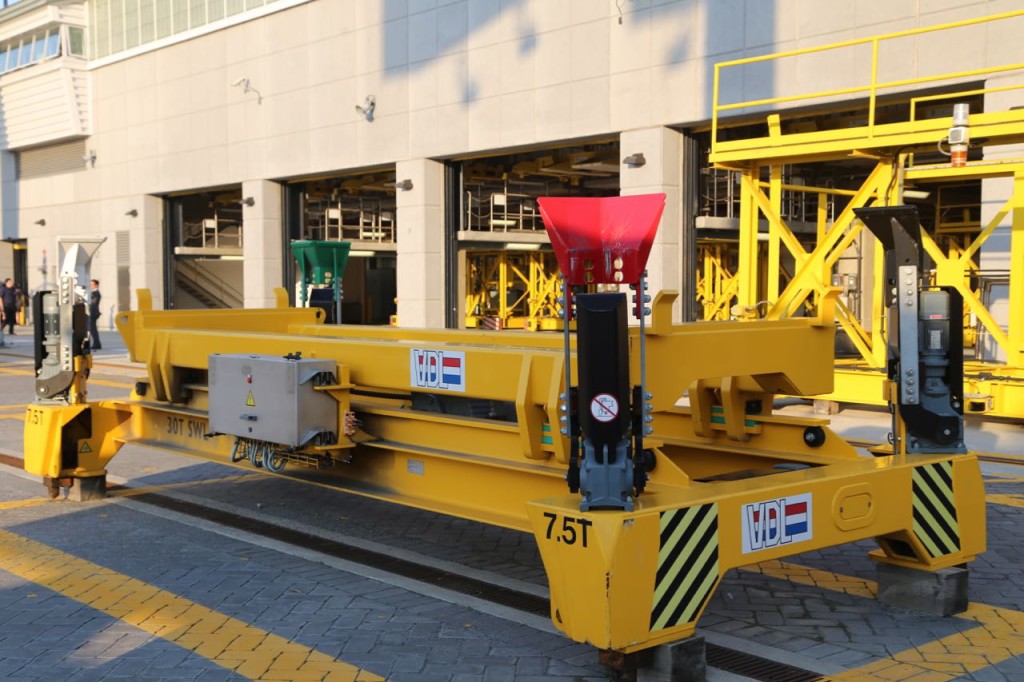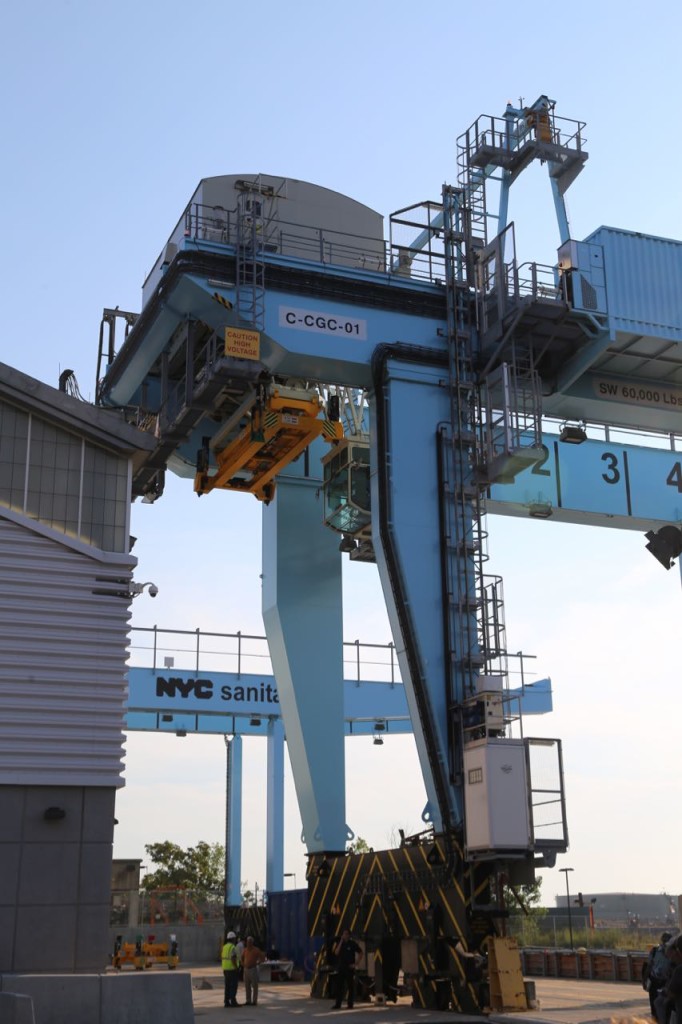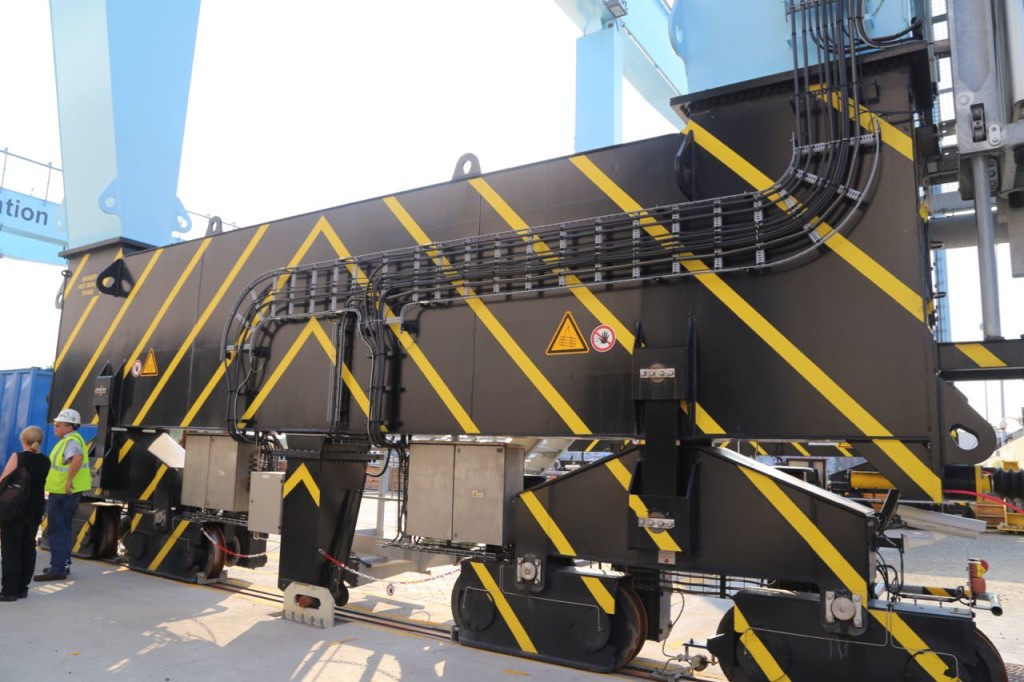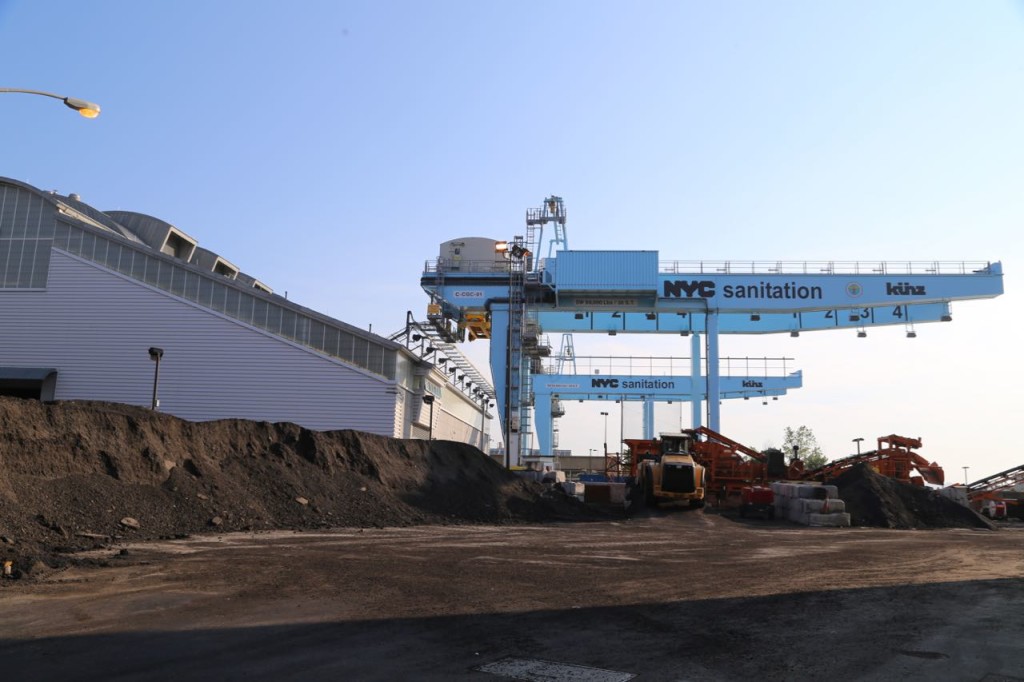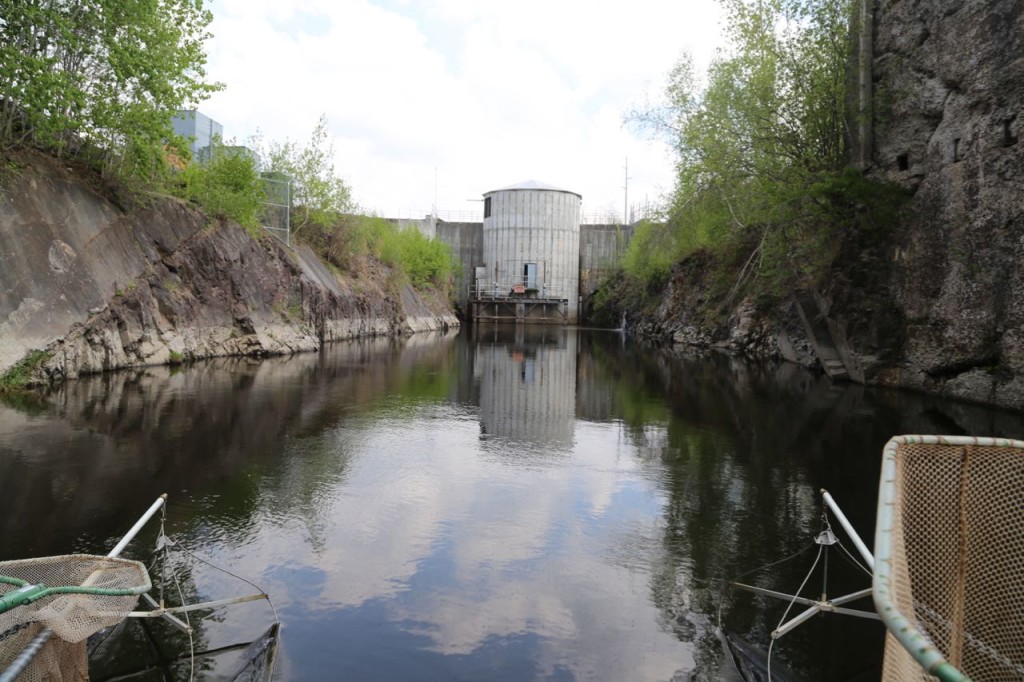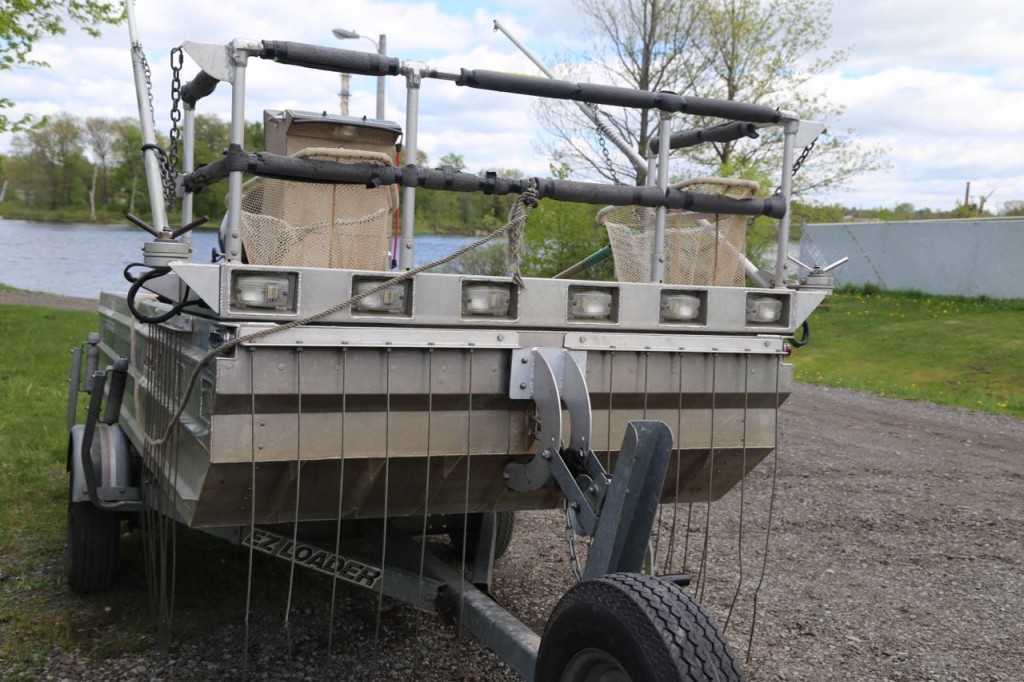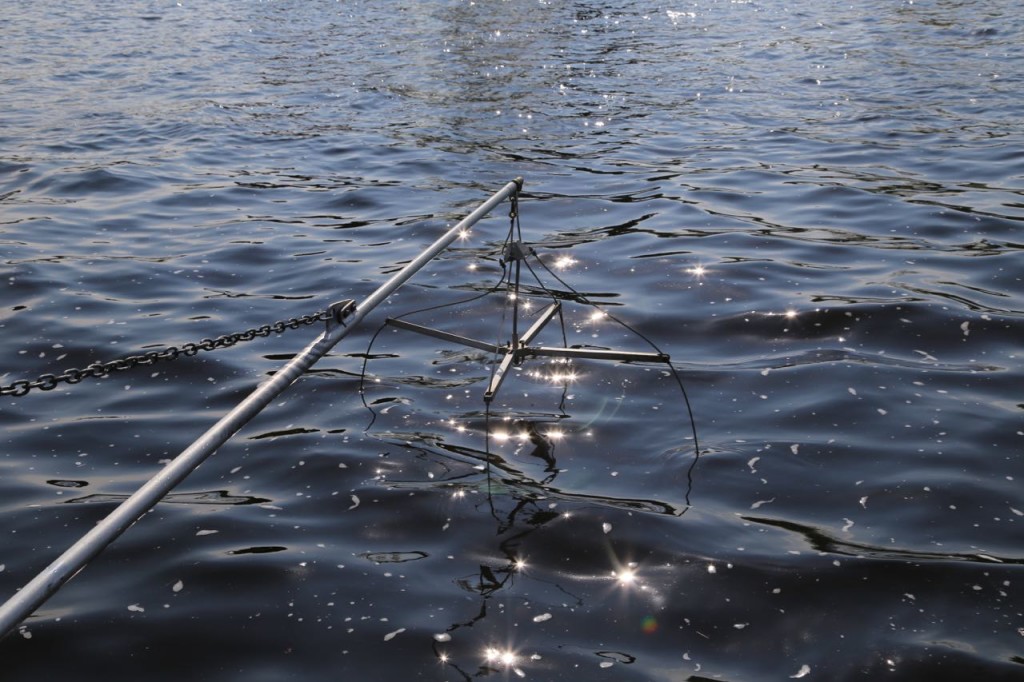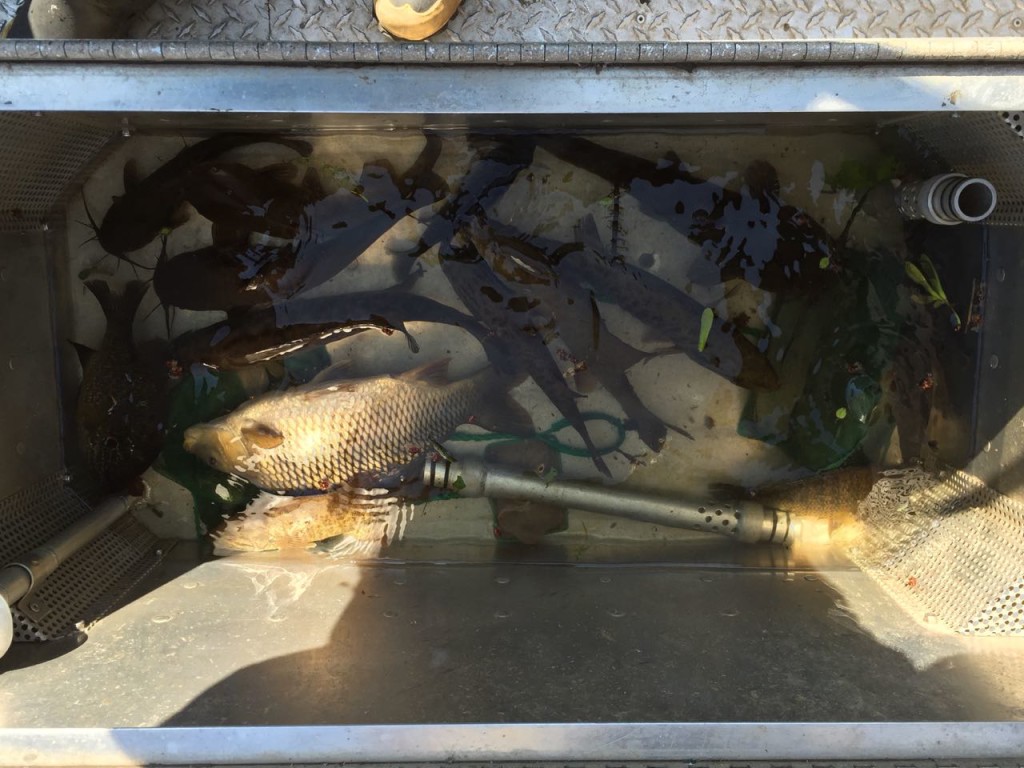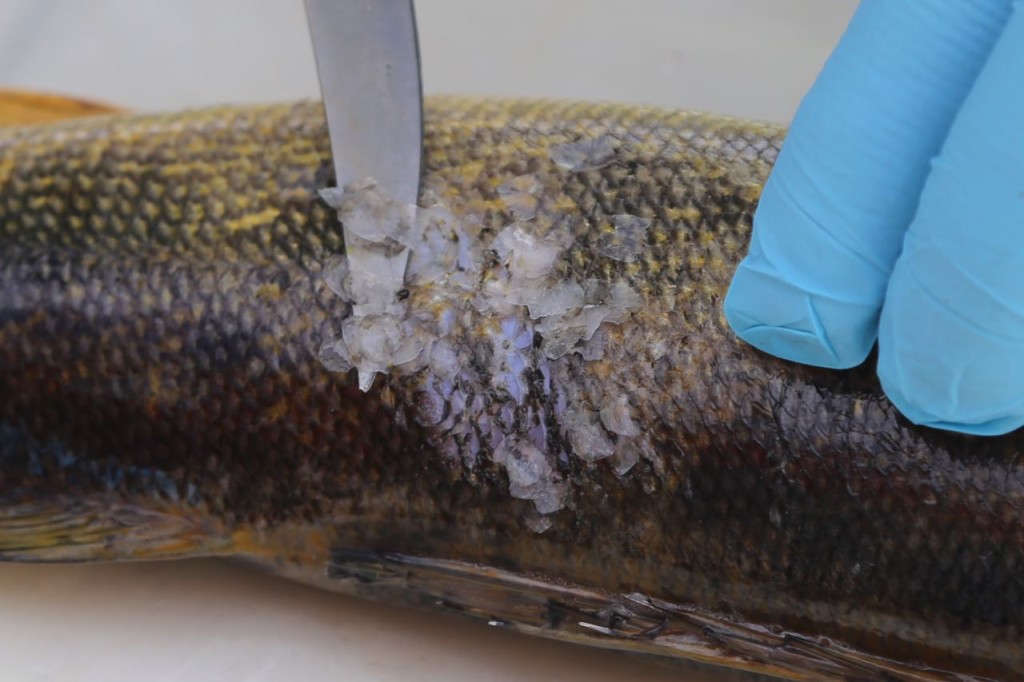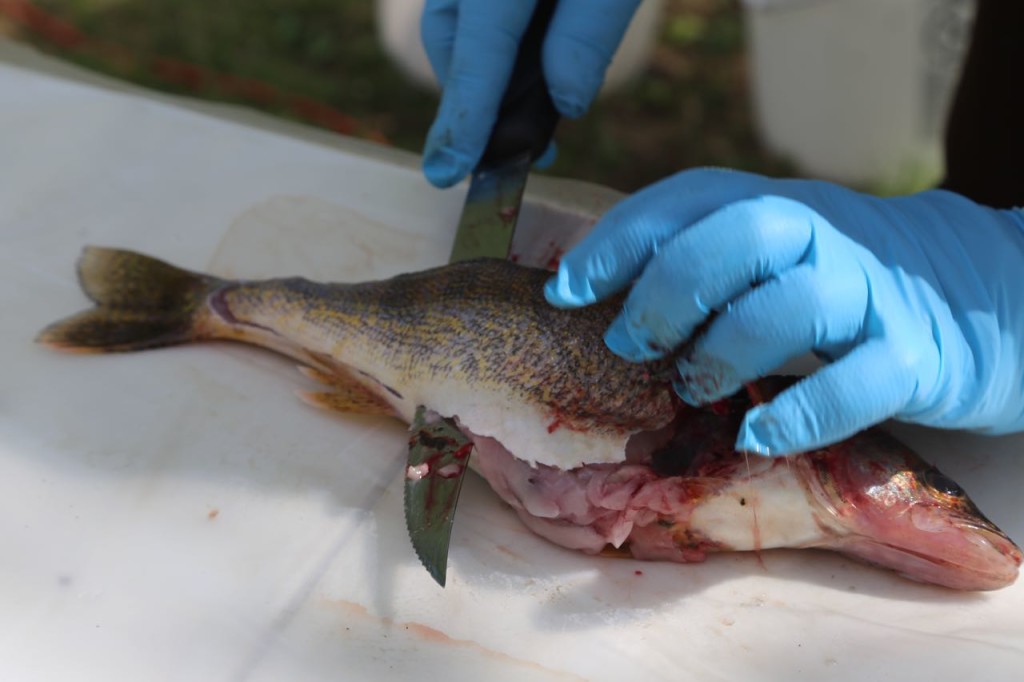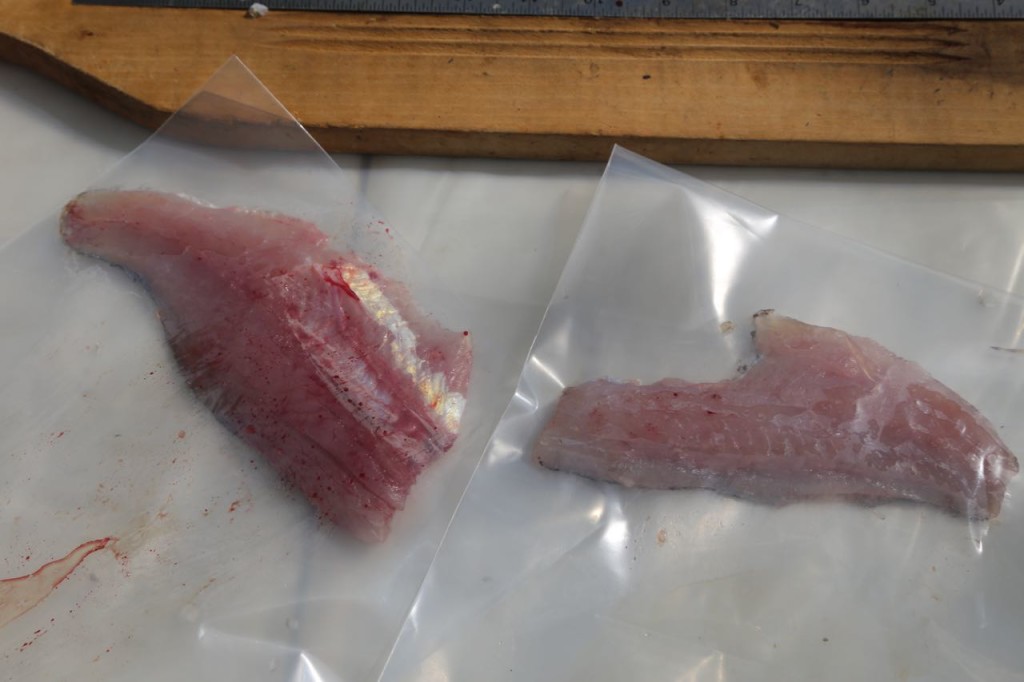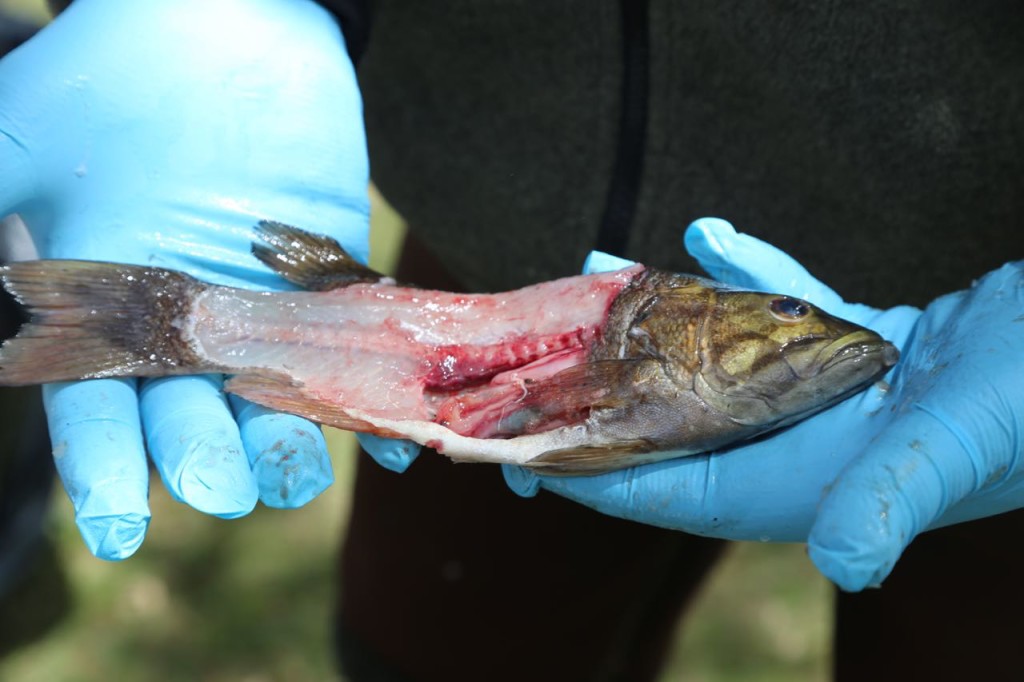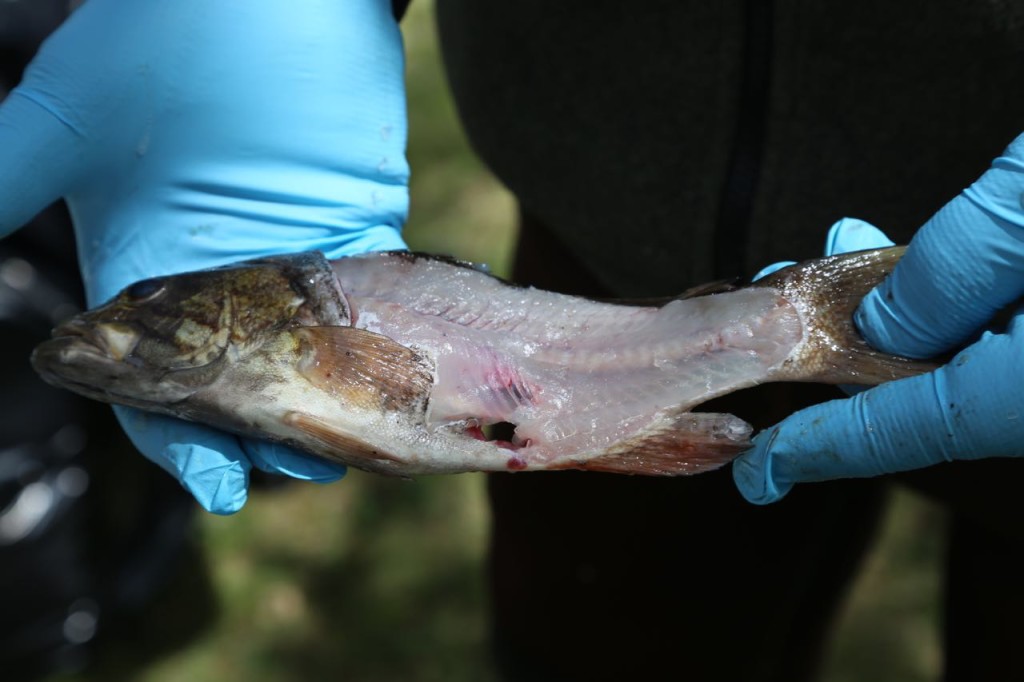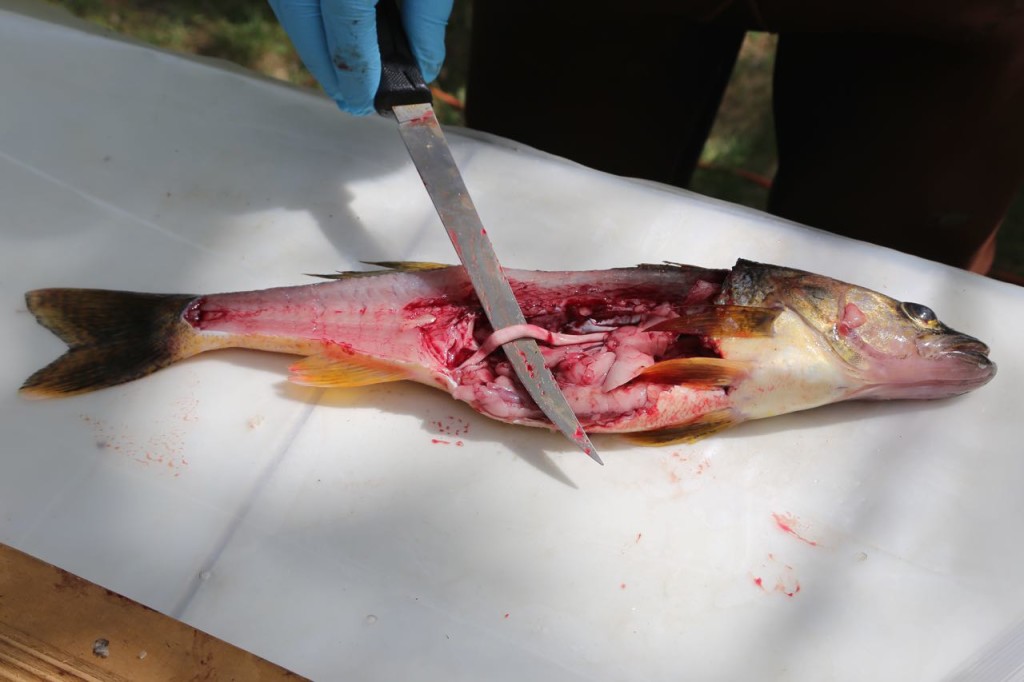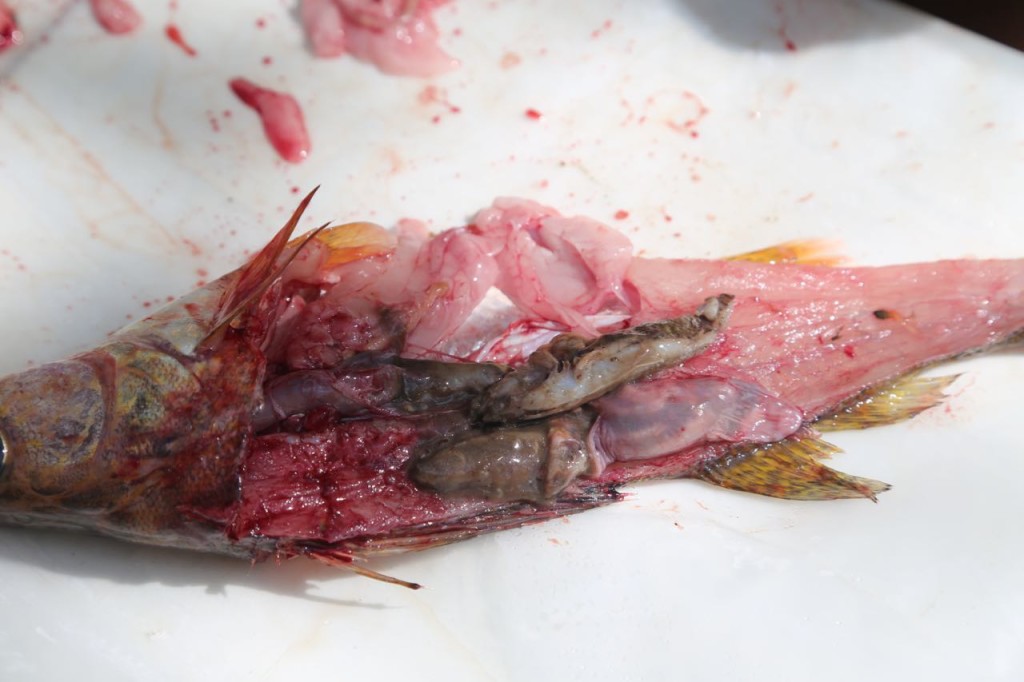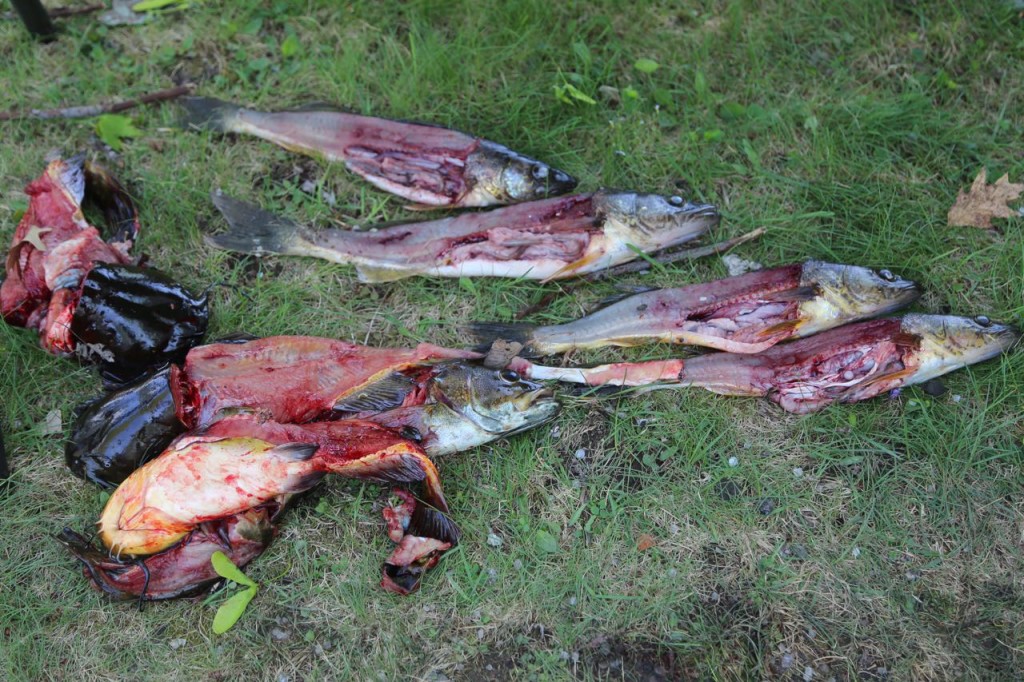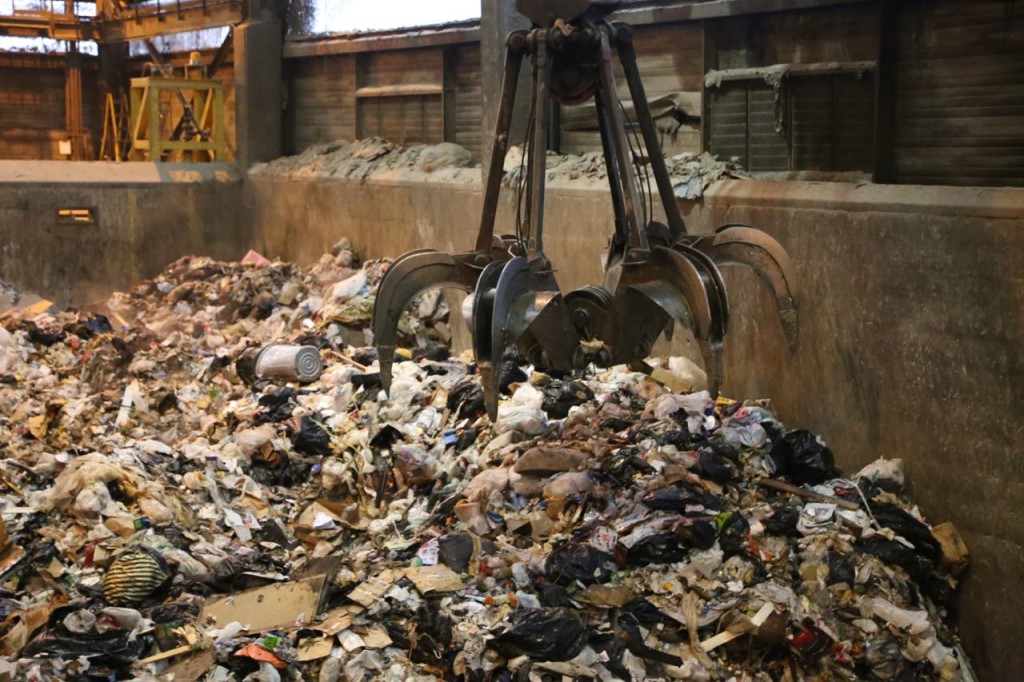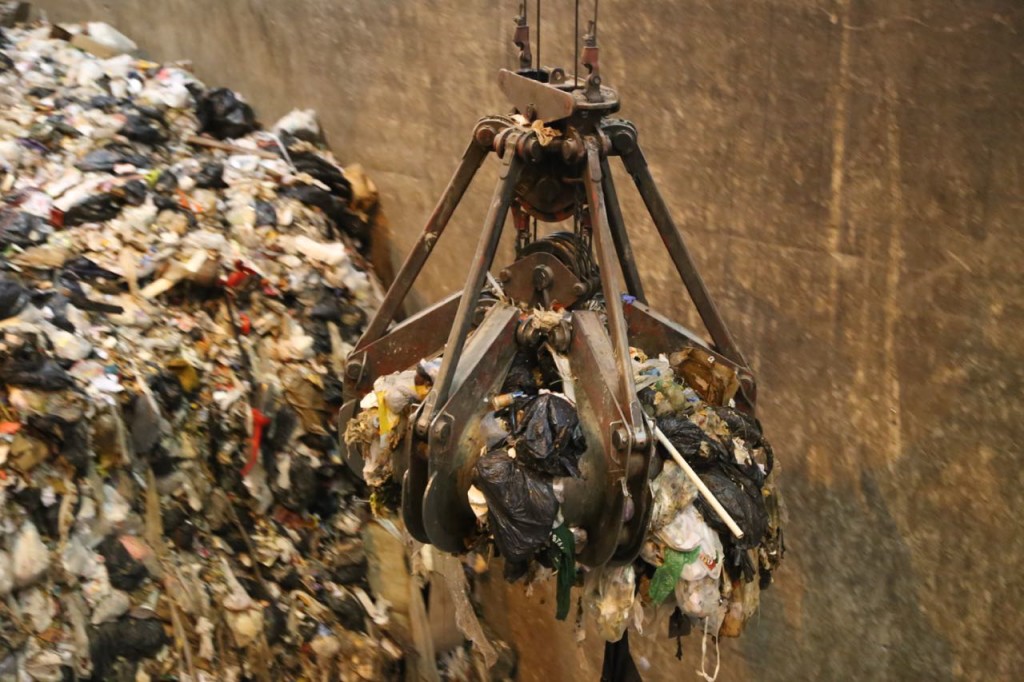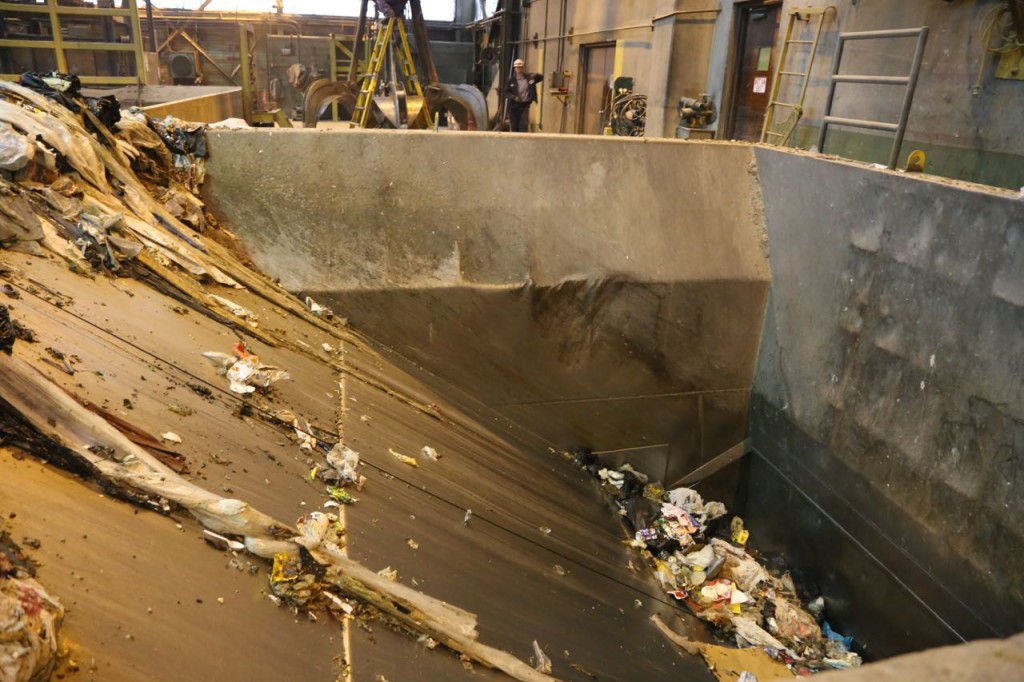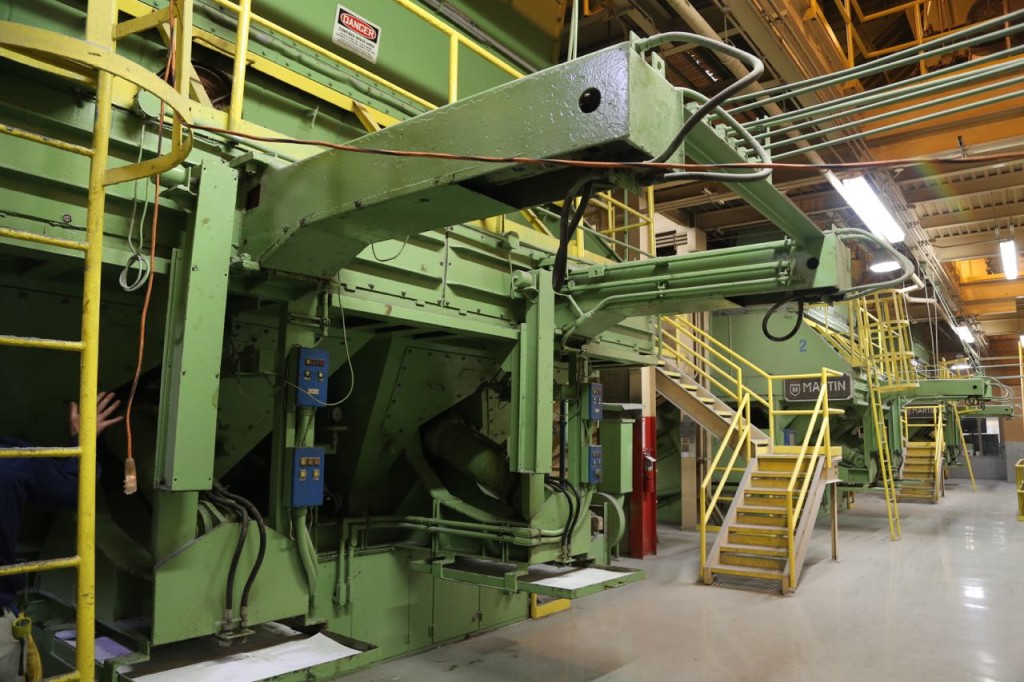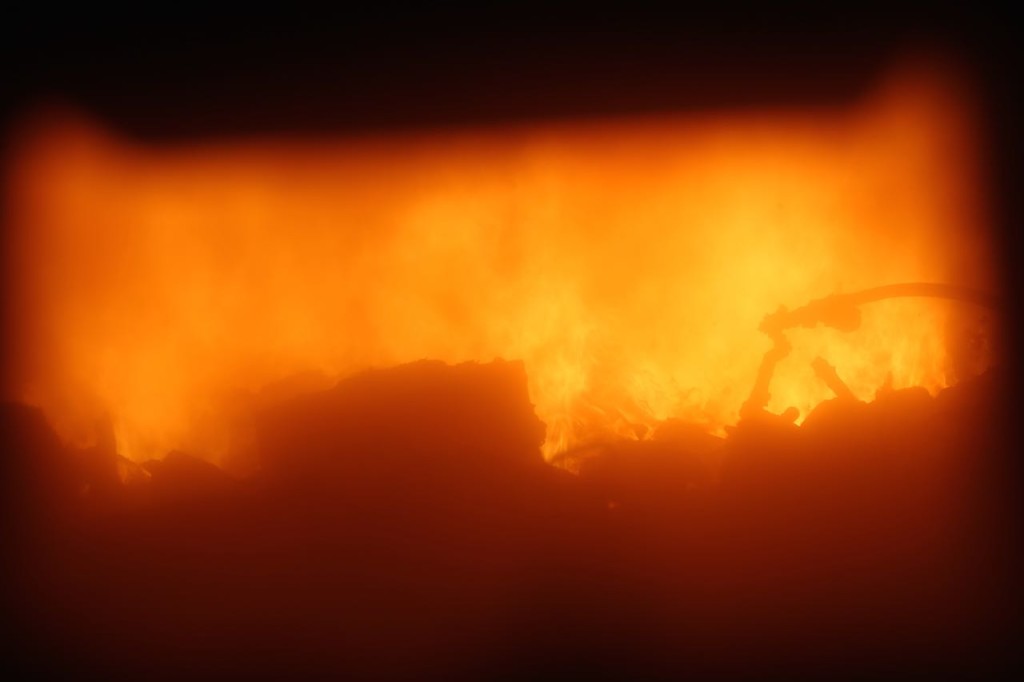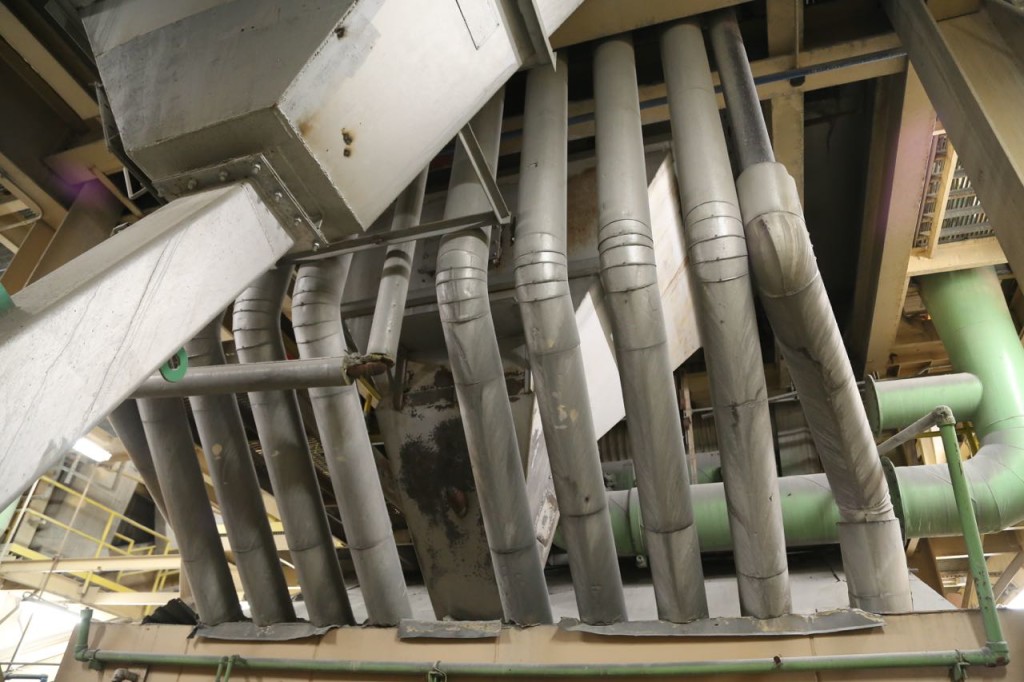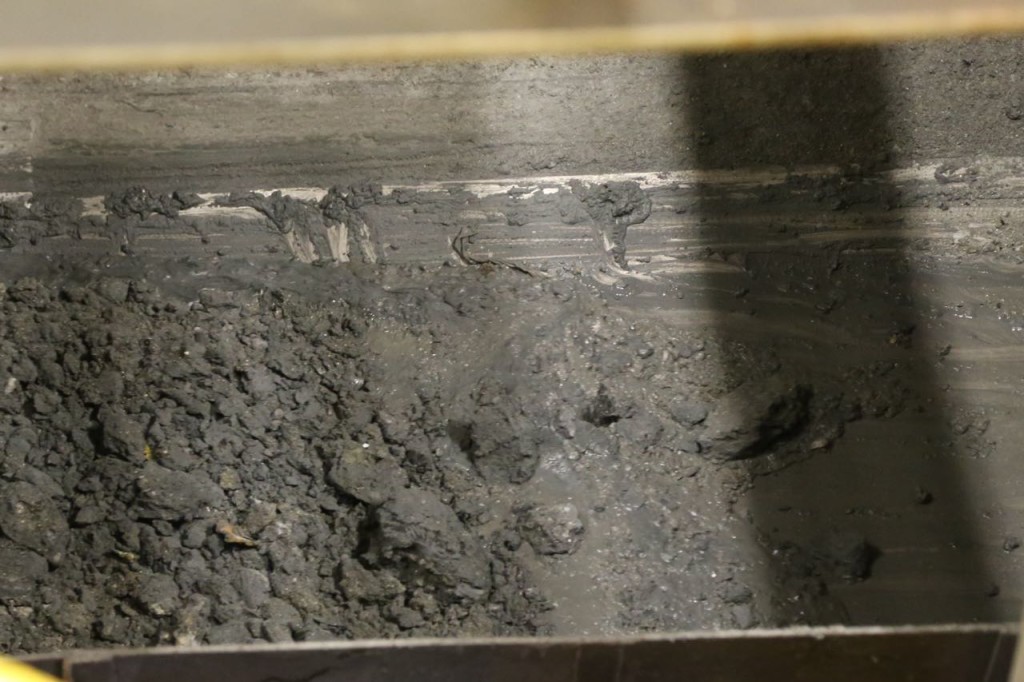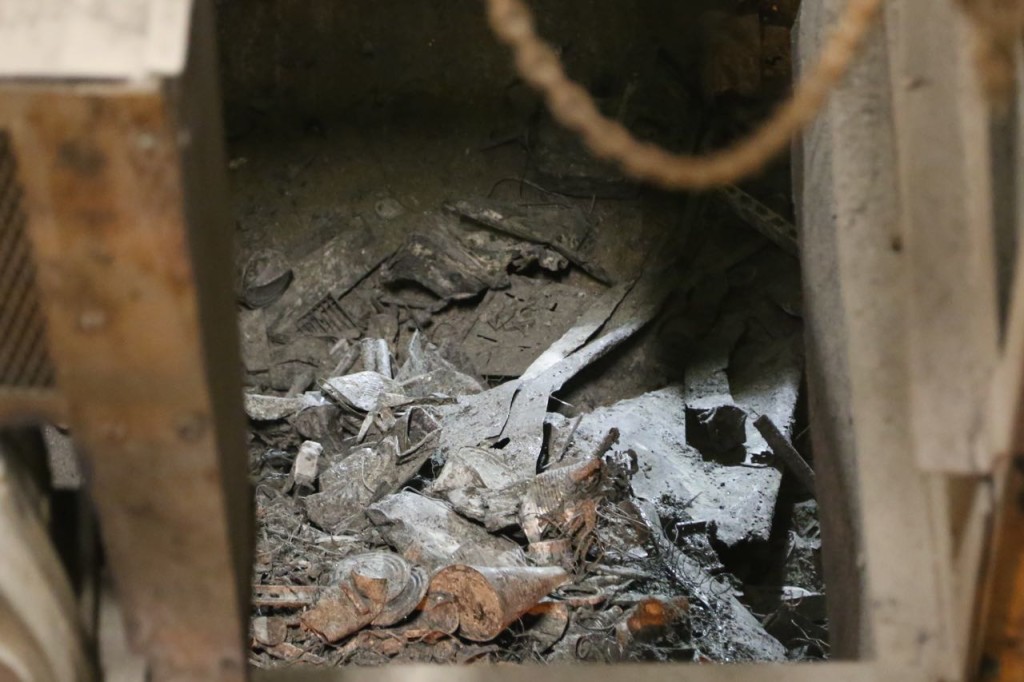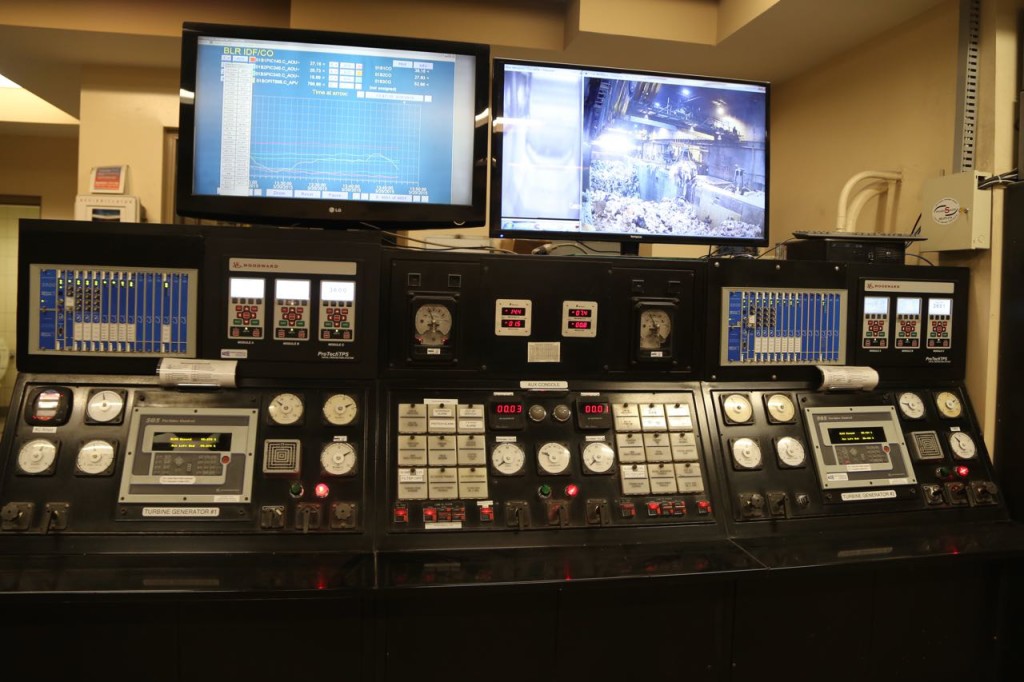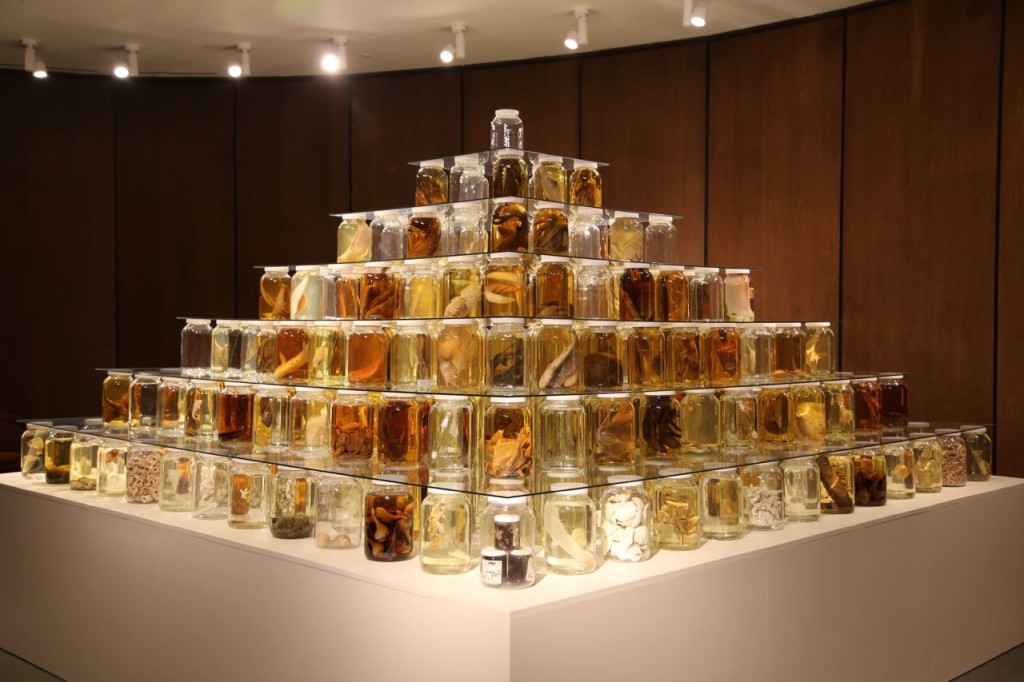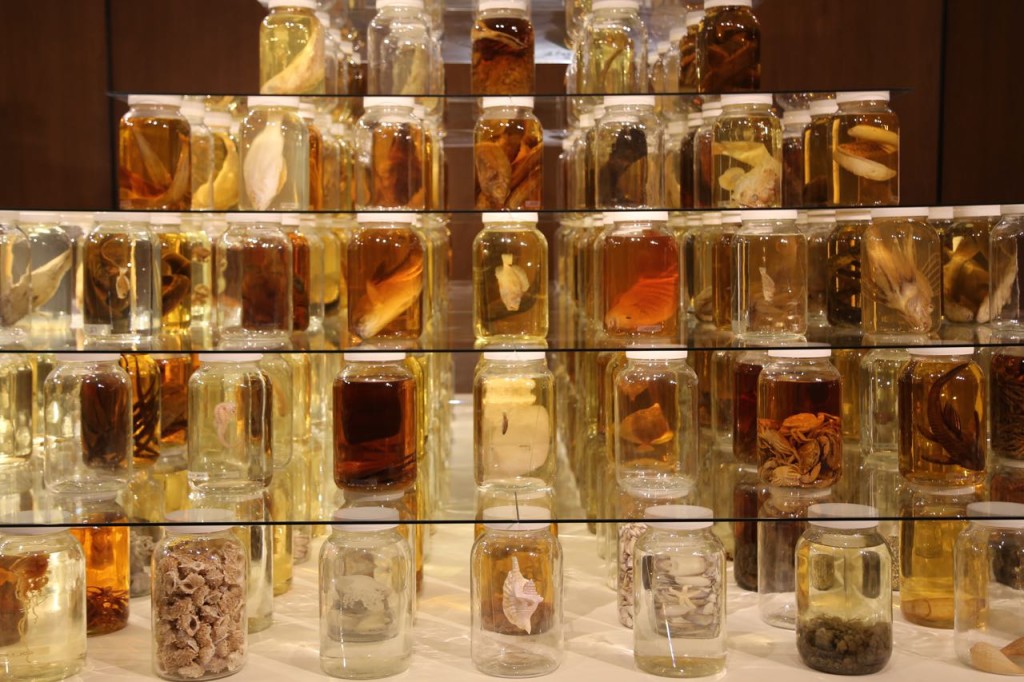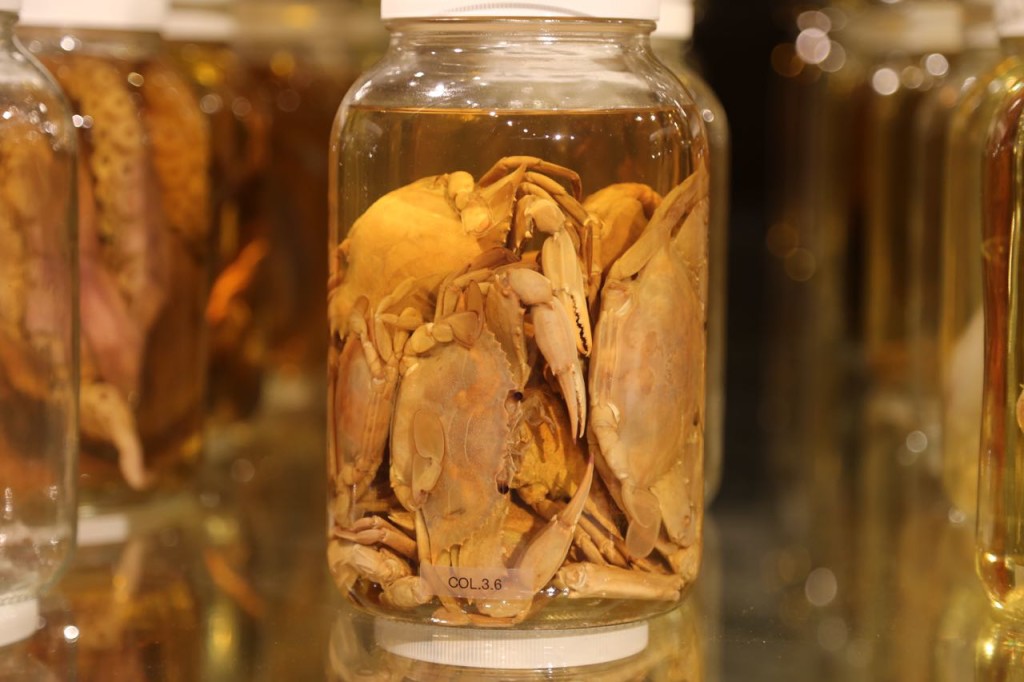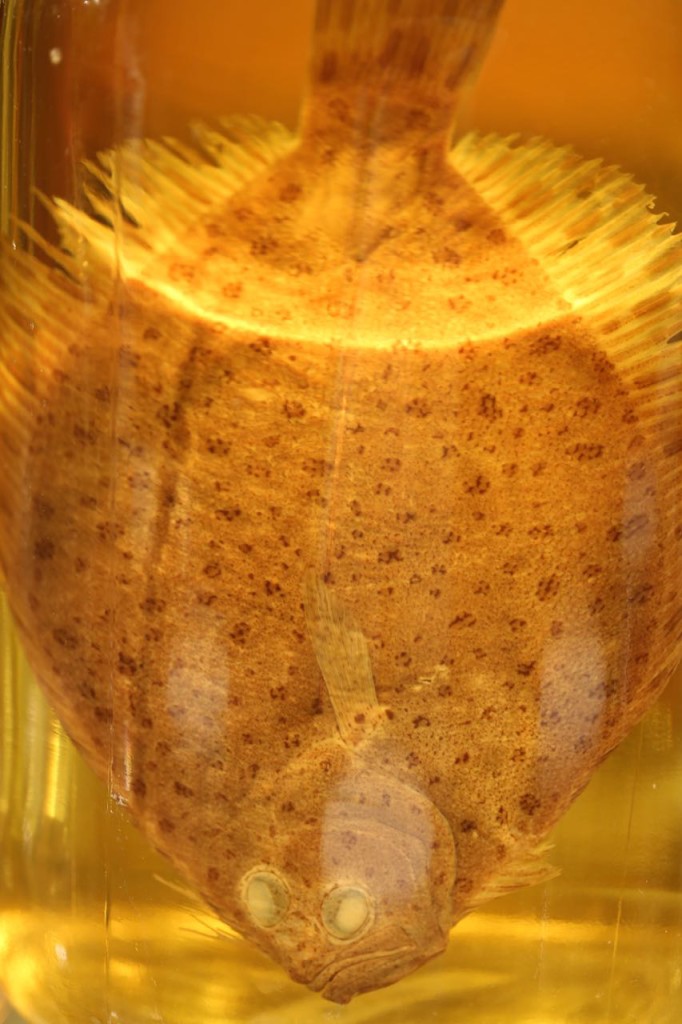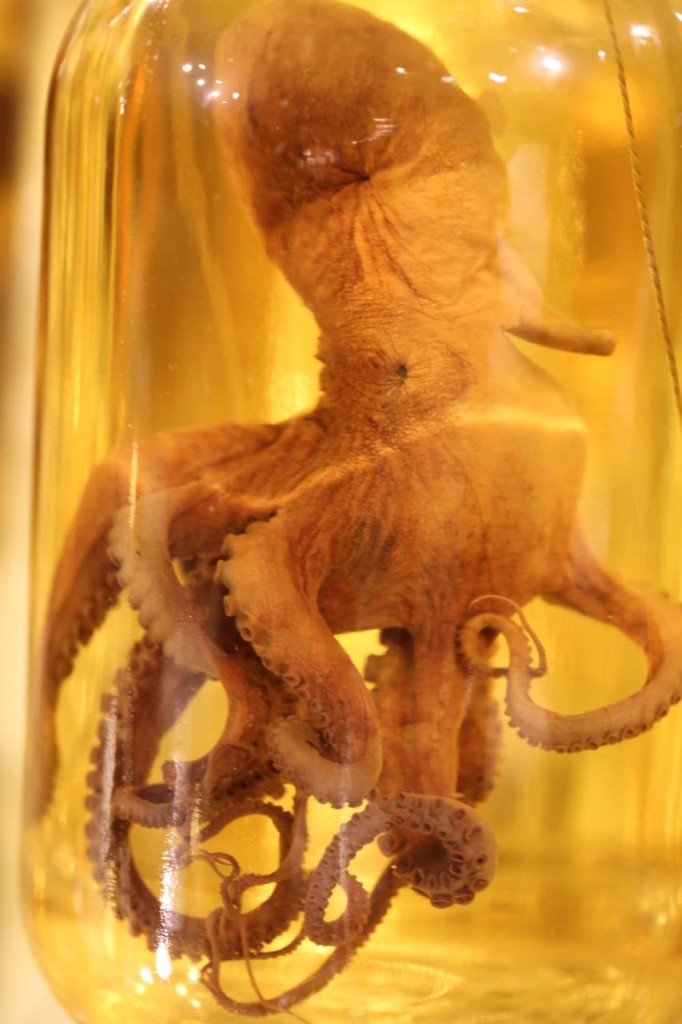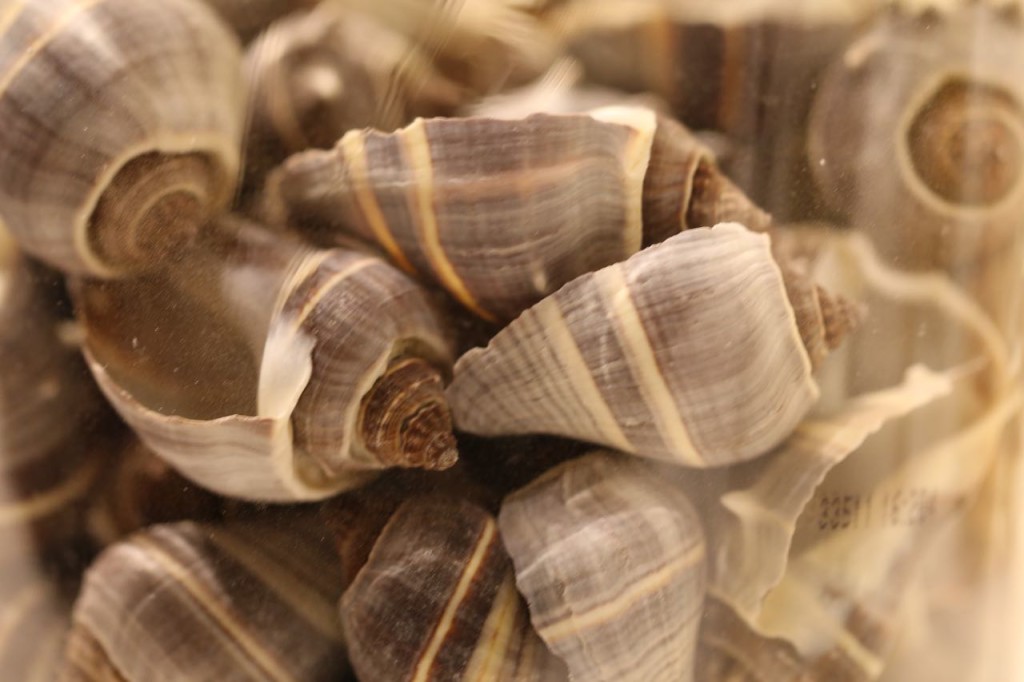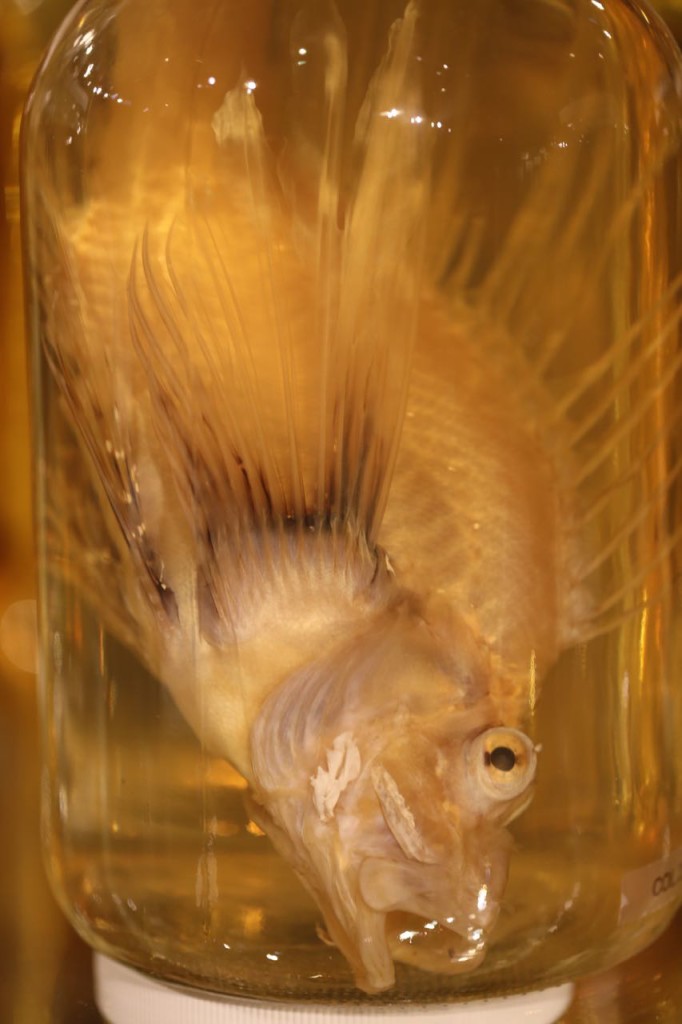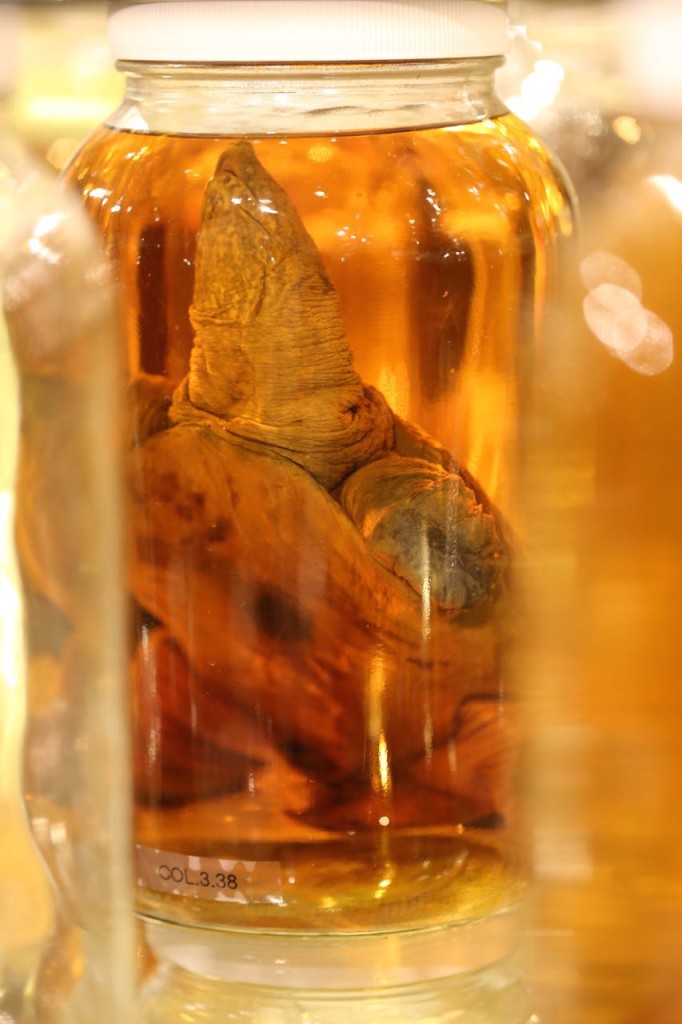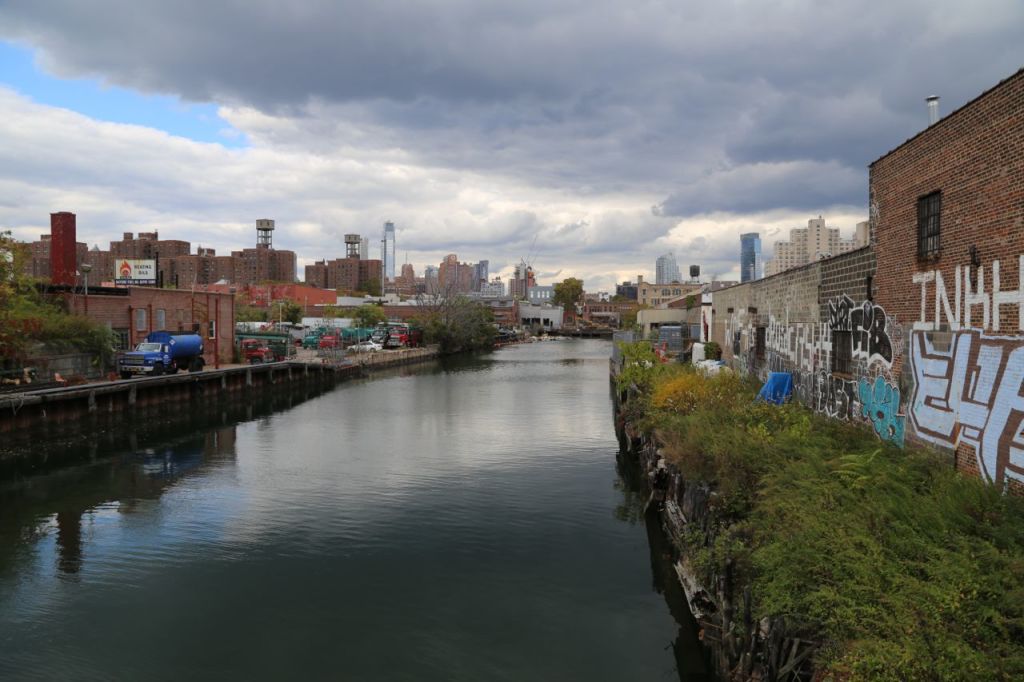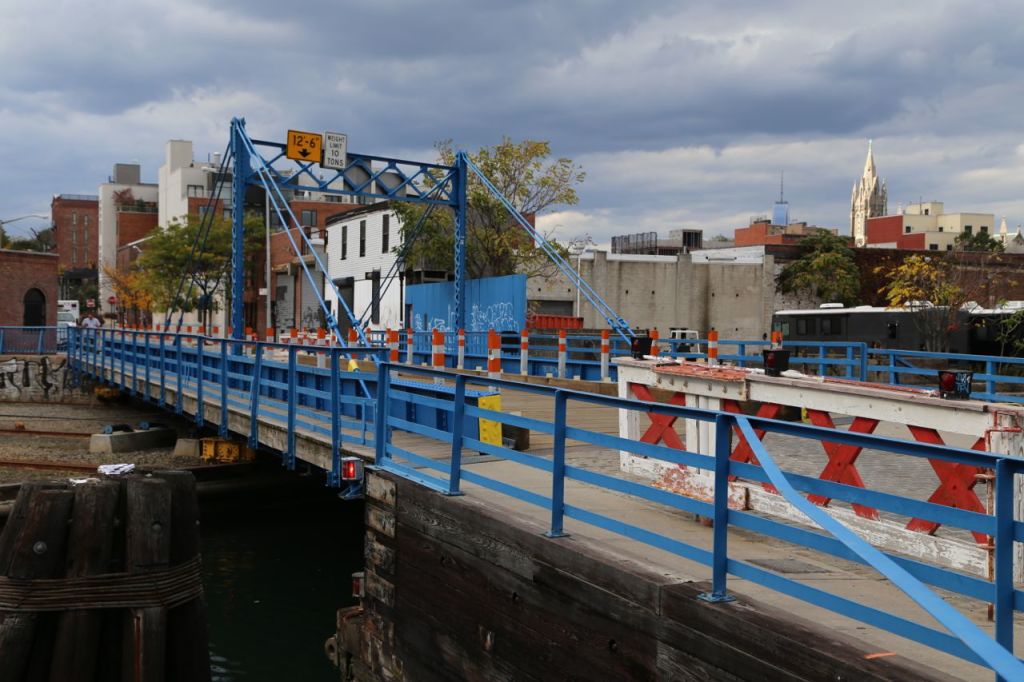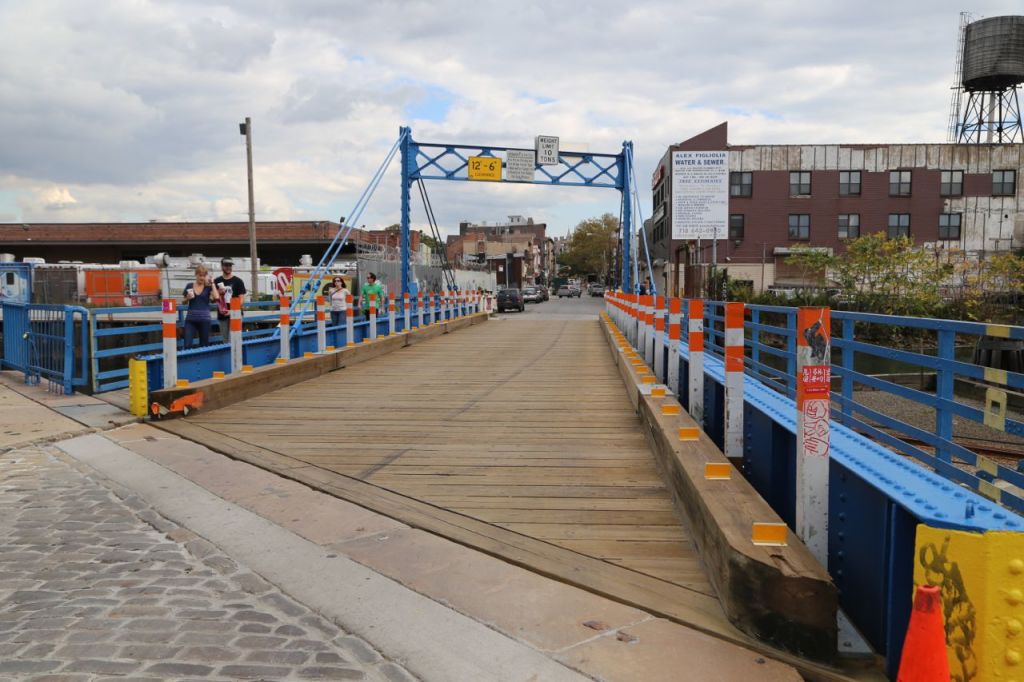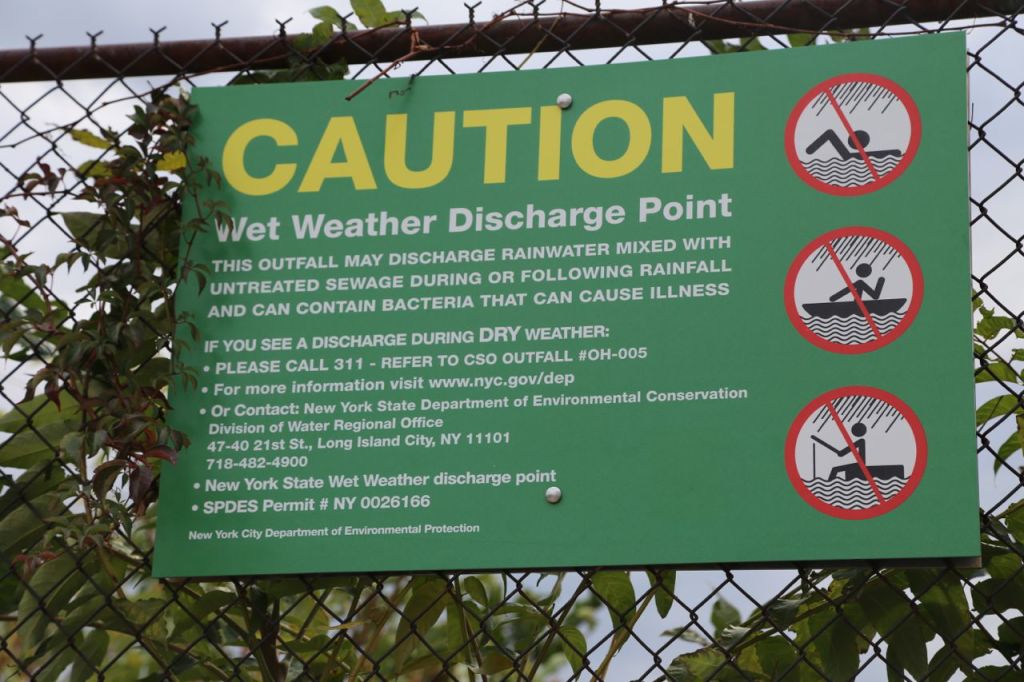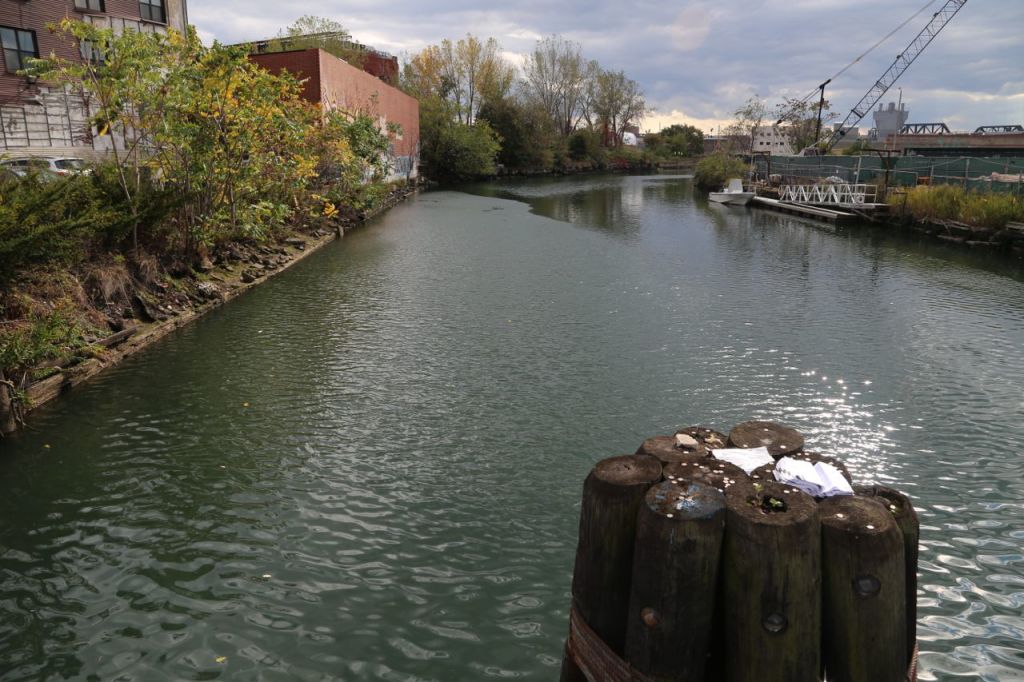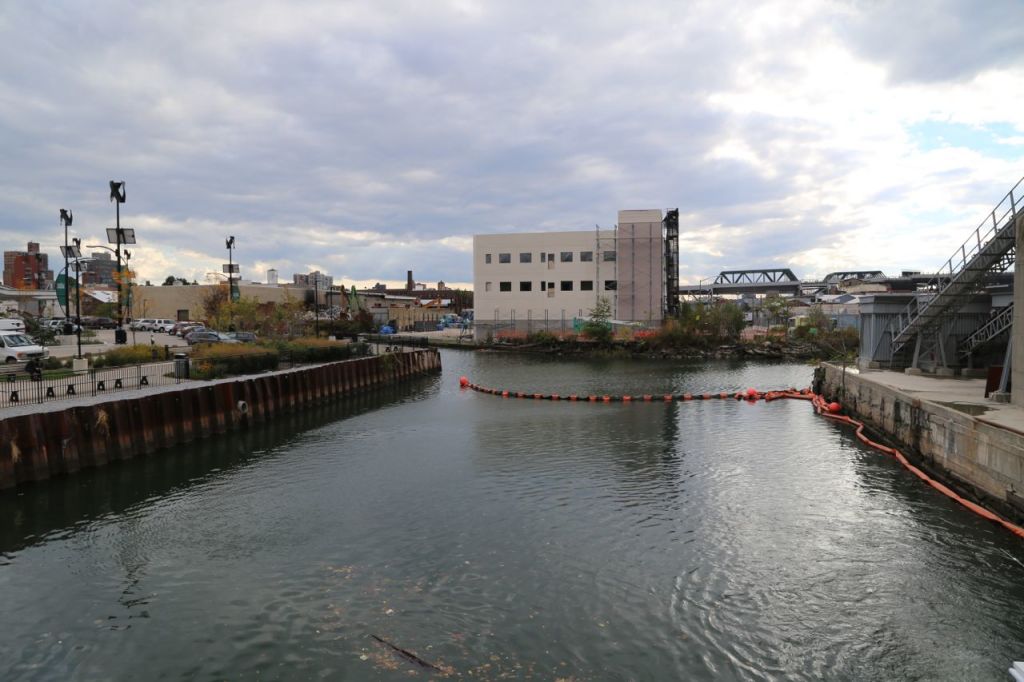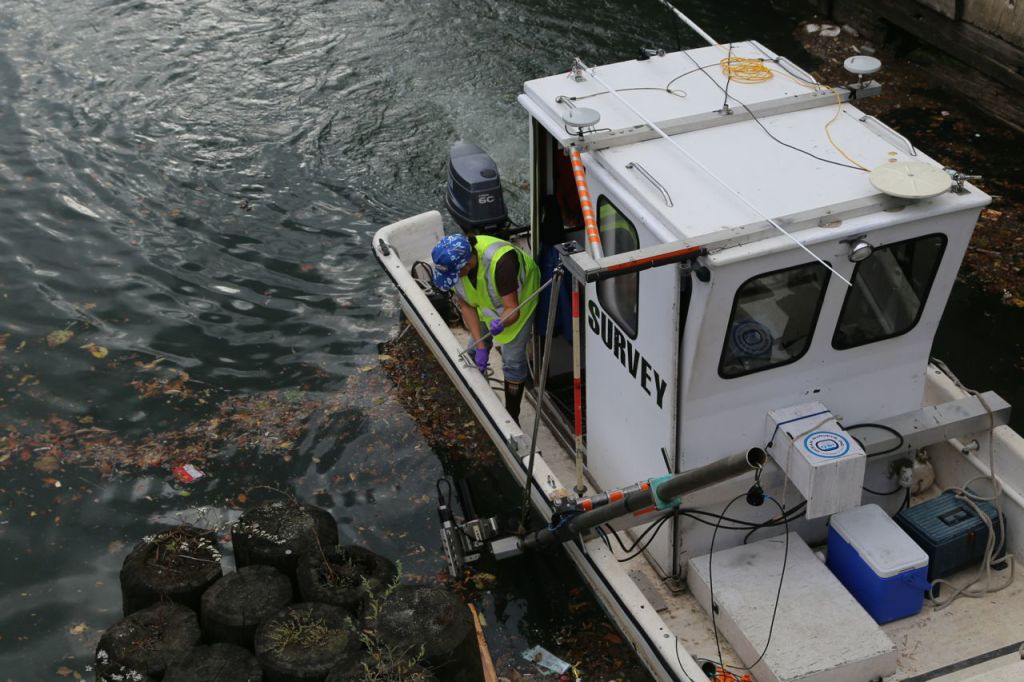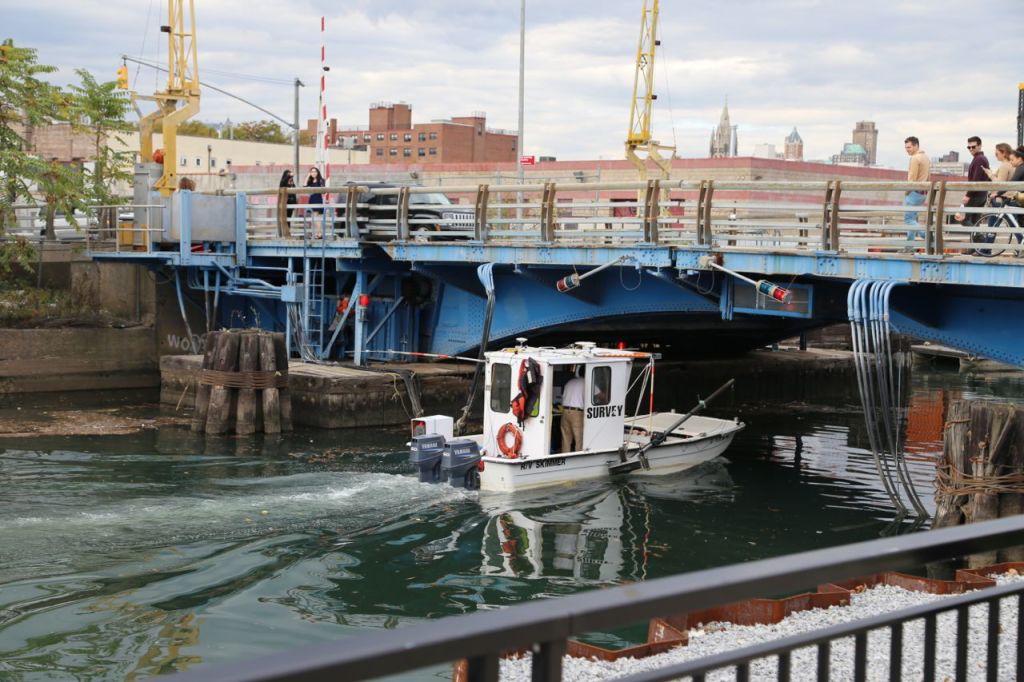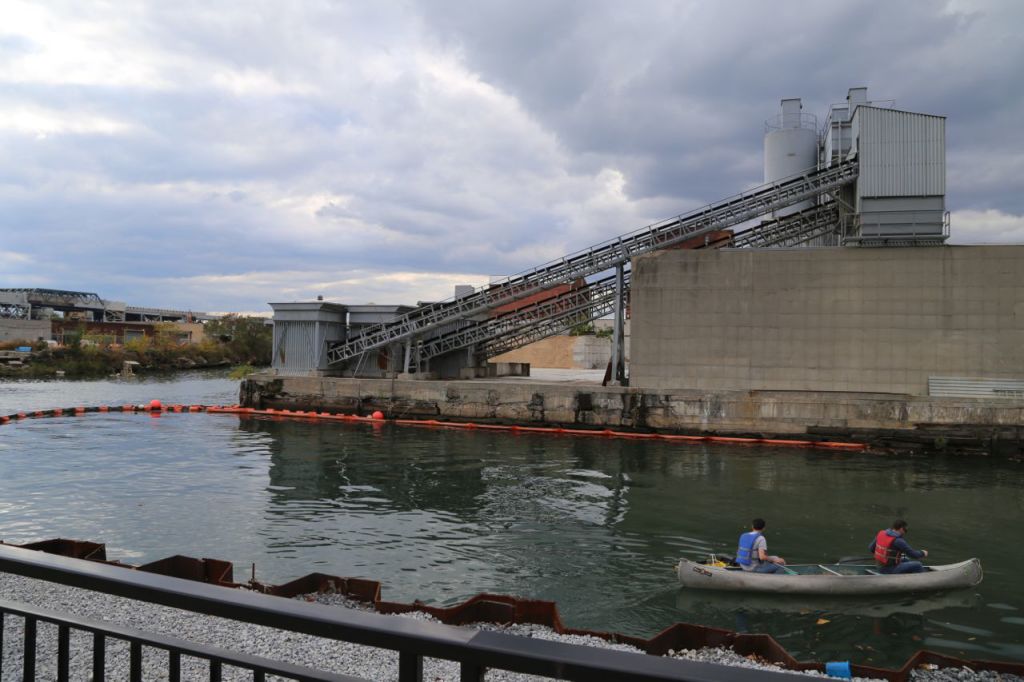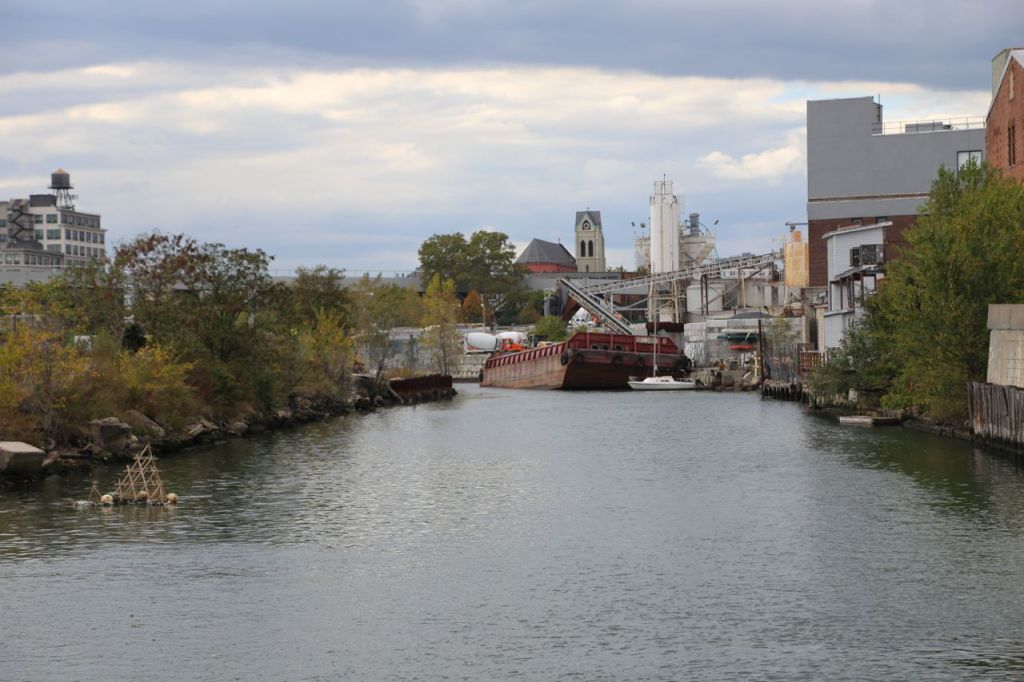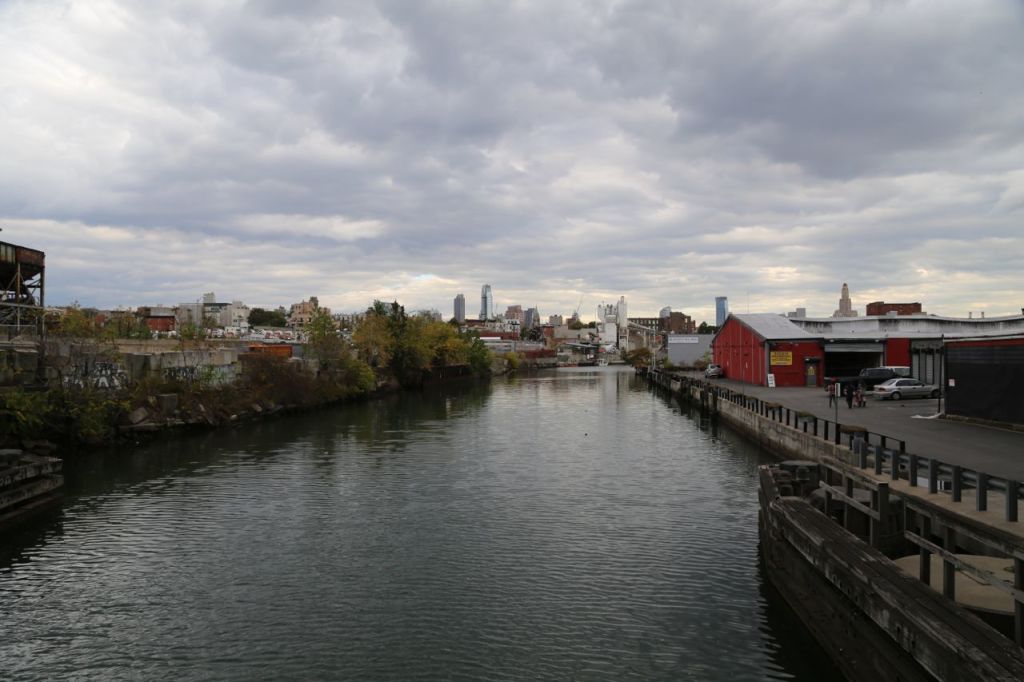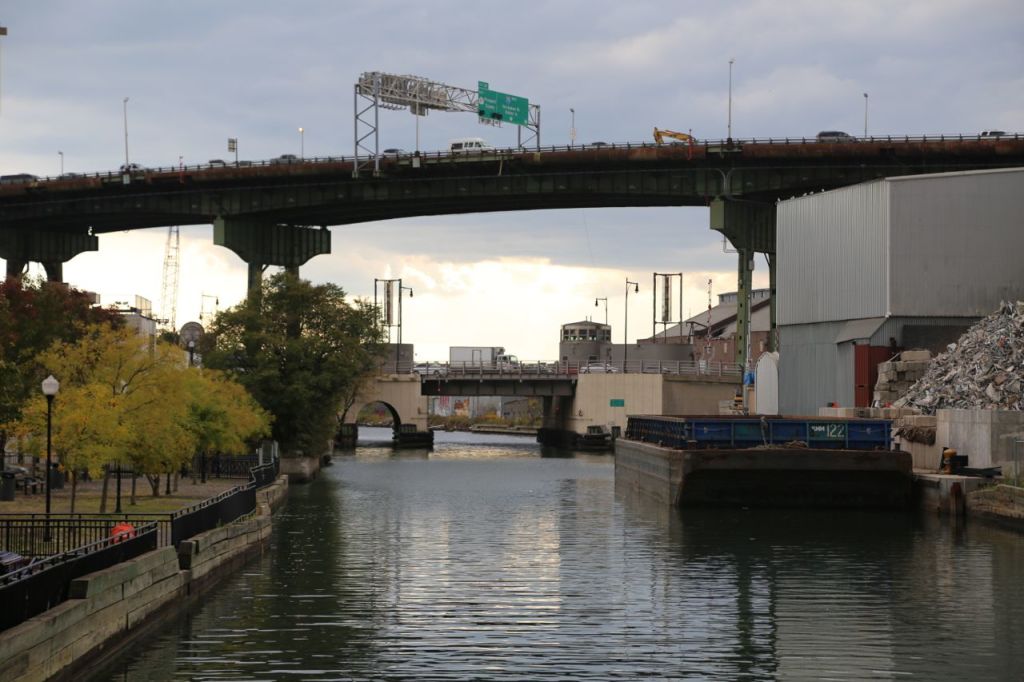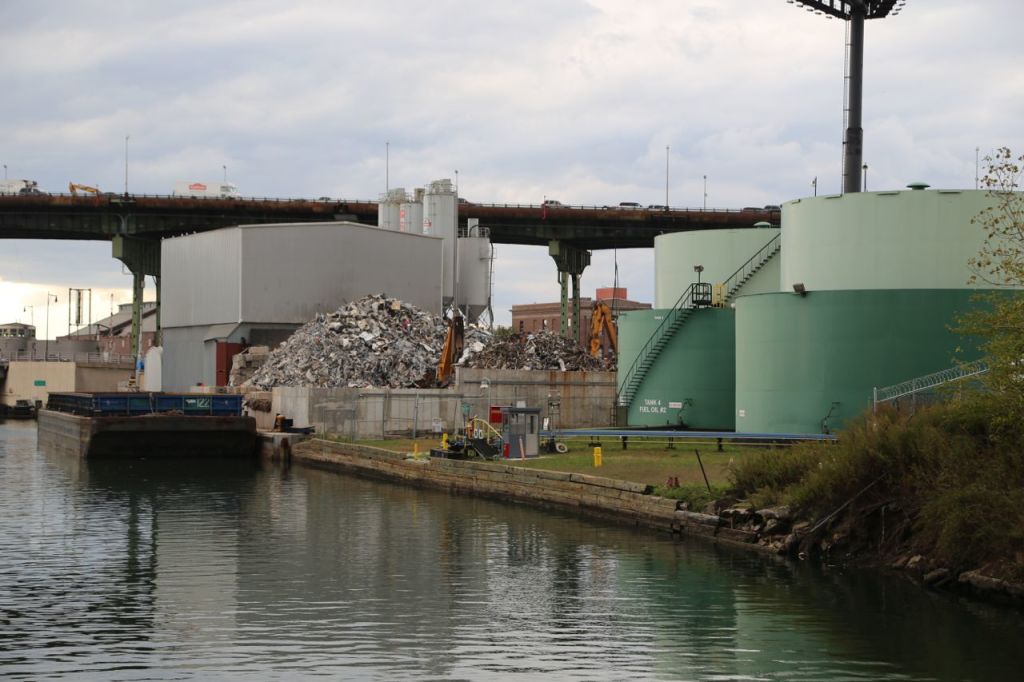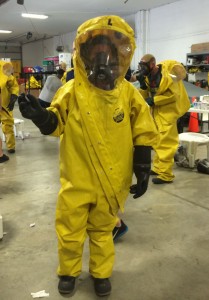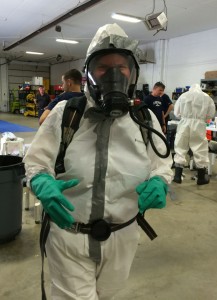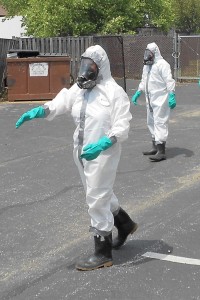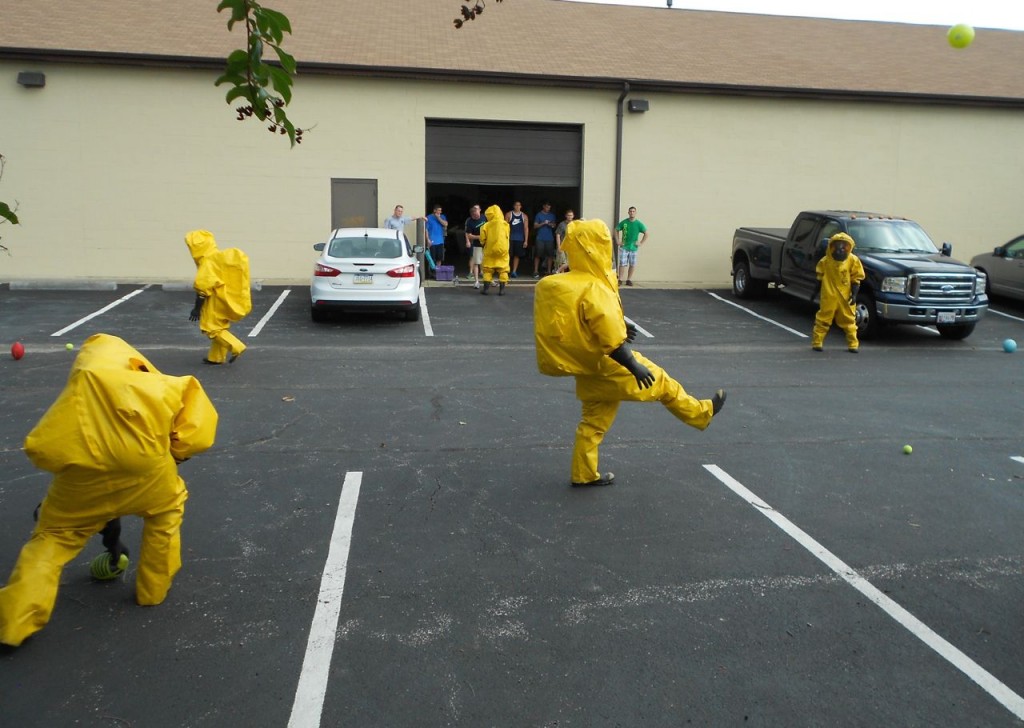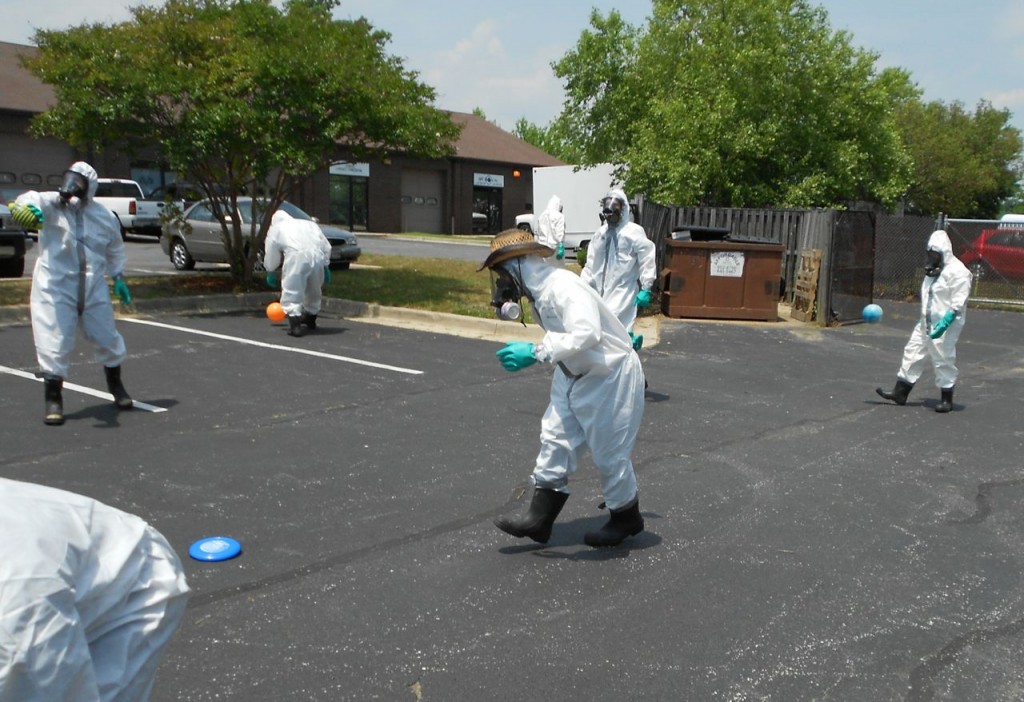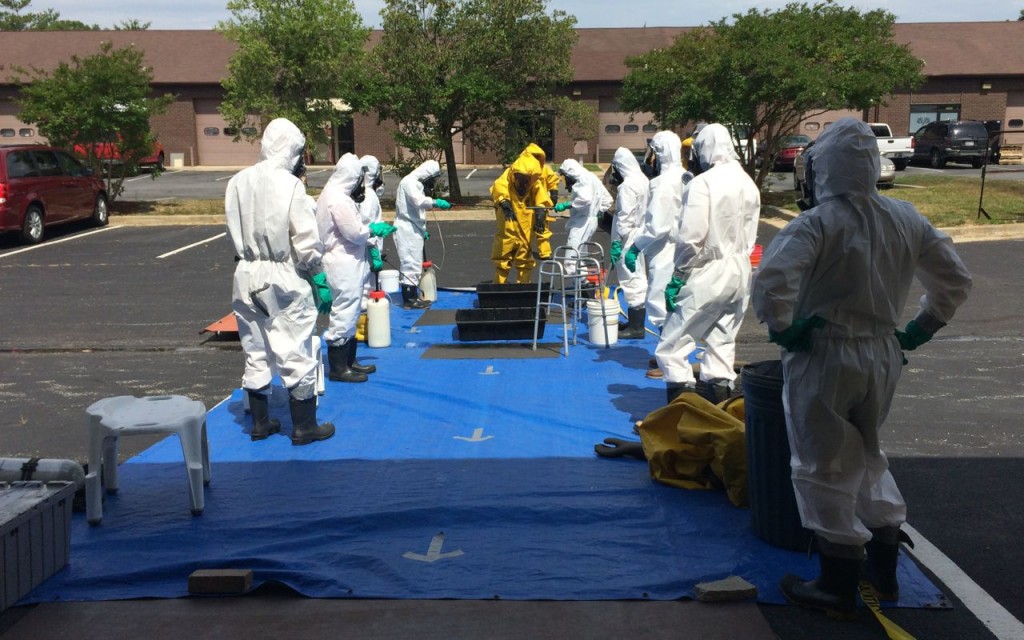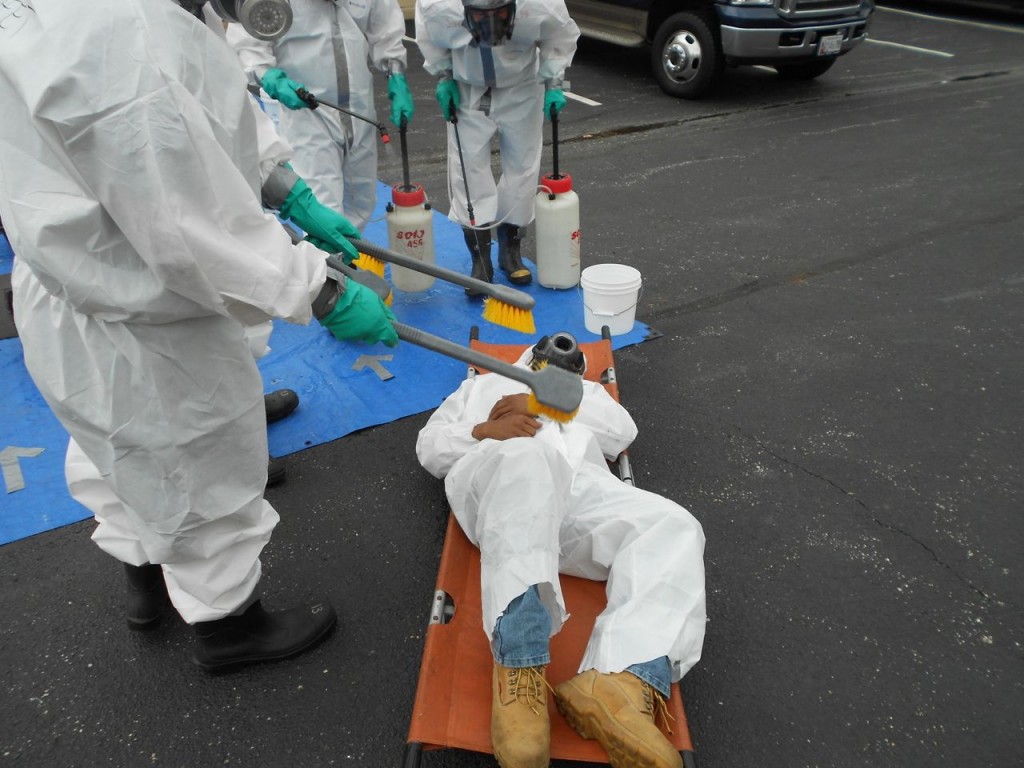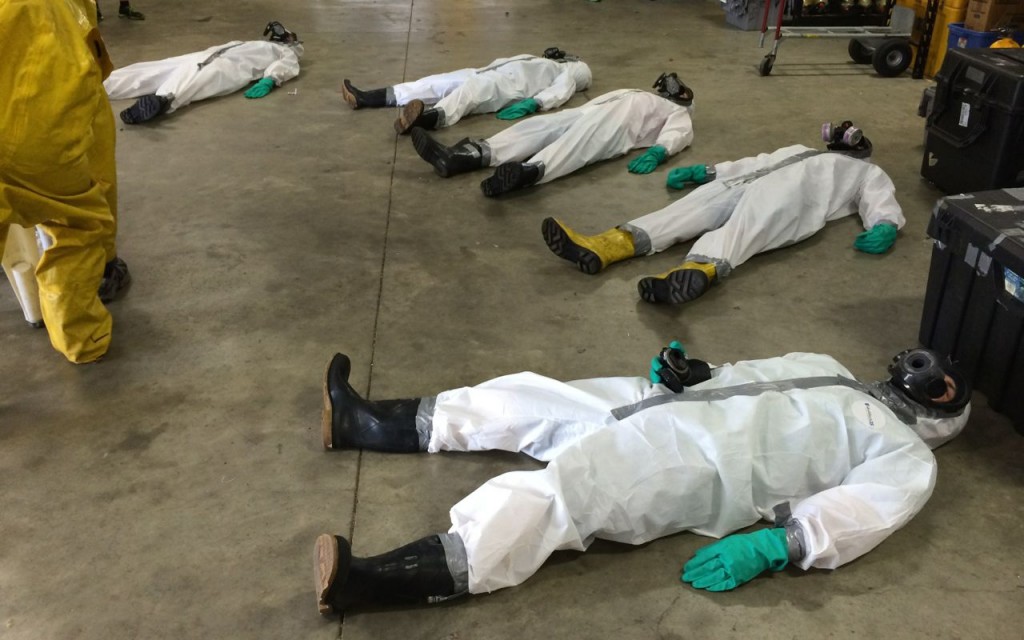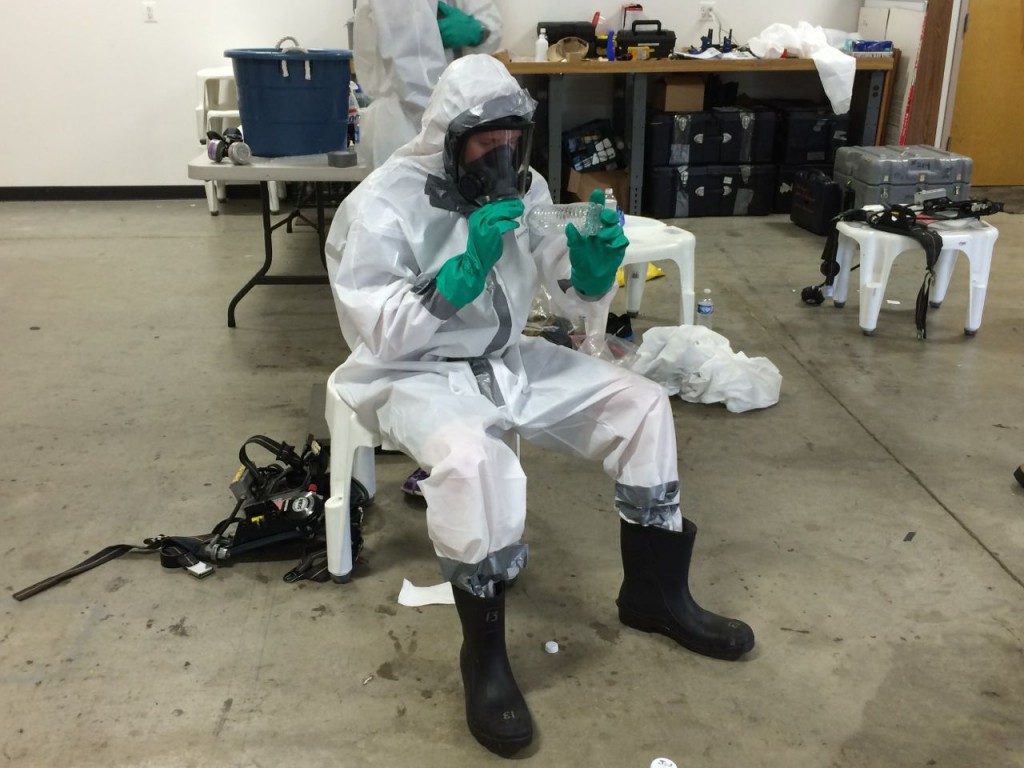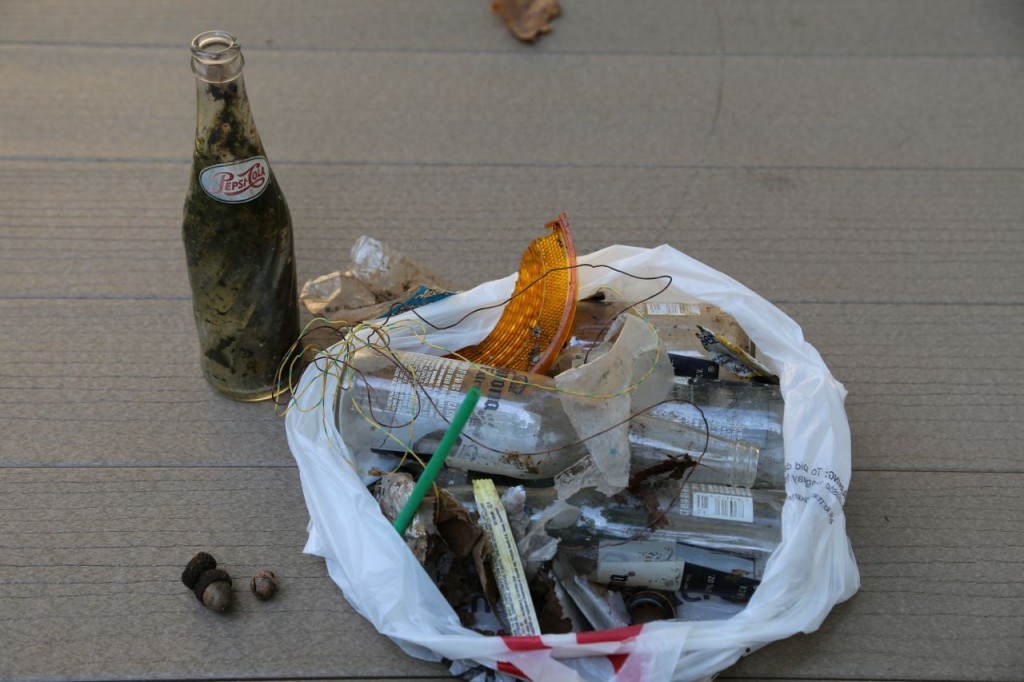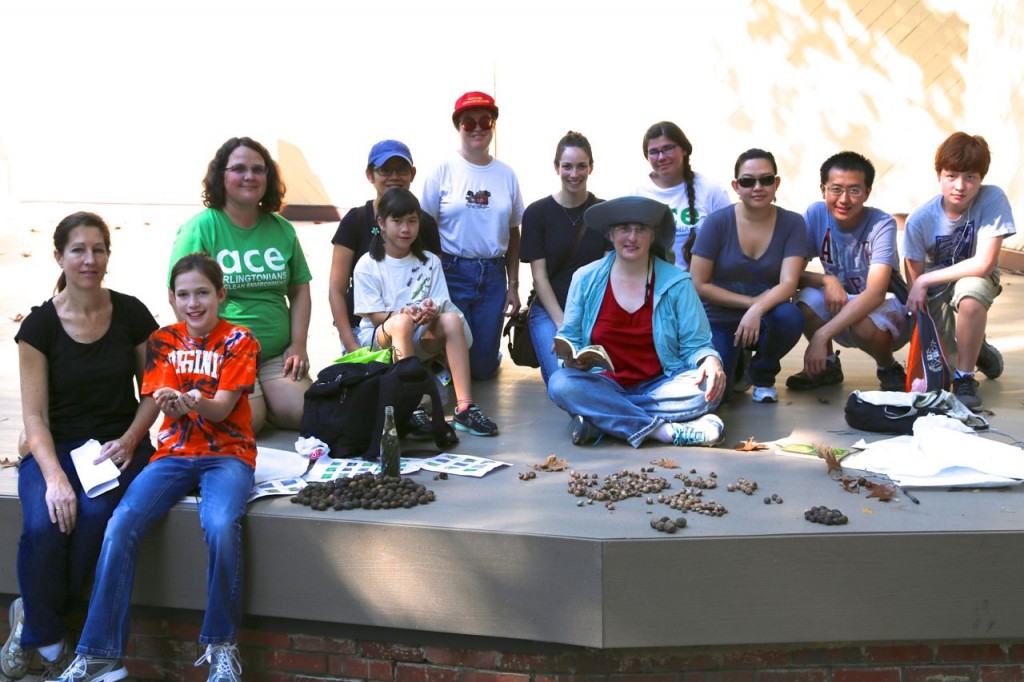I was planning to come to New York for the weekend, and by pure chance this was the weekend Christopher Swain announced he was going to attempt to swim the Gowanus Canal again. He tried in April but the threat of rain and then actual lightning, which caused the New York Police Department (NYPD) to order him out of the canal, prevented him from swimming the entire length. This time he was successful. He said he did it to raise awareness of the pollution of the Gowanus Canal. When being interviewed by reporters, he said he was concerned this would be perceived as a stunt. He said they would actually be collecting data that would be given to school kids, so they could help solve the problems affecting the Gowanus.
As an environmentalist, I appreciate him bringing awareness to the plight of the Gowanus. I even appreciate him wanting to bring awareness to school kids. Honestly though, as an environmental engineer, who works in the field of cleaning up hazardous waste sites, I can’t see what he is doing as anything other than a stunt. I seriously can’t think of any information he could gather that couldn’t be gathered from a person in a boat, a person who would not be exposing herself or himself to the risk that Mr. Swain is. At one point, Mr. Swain stopped swimming to collect data and told anyone listening that the water had a temperature of 64ºF and had a pH of 7.5. He started by saying “for the scientists out there” and then said he wished he had studied science harder or something to that effect. First, both those two pieces of data could easily be collected from a boat. Second, neither of those pieces of data tell me anything about the state of the Gowanus. The temperature just reflects that it is fall, and a pH of 7.5 is close to neutral and what is expected for a body of water. [Yes, thermal pollution, where water that is too hot is released into a body of water, is a thing that can affect water bodies because hot water has less oxygen, and the reduced oxygen would affect any wildlife in the water, but it is not a concern for the Gownaus.]
Also, I fail to see what school kids are going to do to help solve the problem. I completely agree in bringing awareness of environmental issues to children, but it is environmental professionals and perhaps community organizers who are going to solve the pollution problem with the Gowanus. The Gowanus has two main issues. First, it has hazardous pollution from years past that needs to be cleaned up. This is where the US EPA and Superfund comes in. Hazardous waste includes PCBs, heavy metals, and whatever other fun chemicals might be polluting the canal. Second, it has wastewater pollution from the past and current that needs to be cleaned up. New York City, like many old cites, has a combined wastewater system. This means that wastewater, the stuff that flows from your toilet and sink drain, and stormwater, the stuff from street drains, flows to the same destination. When it is not raining, it is not an issue. The wastewater all flows to various wastewater treatment plants where it is treated before being released to a river or ocean. During rain events, there can be a problem because the wastewater treatment plant may not be able to handle all the water flowing to it. In this case, untreated wastewater is generally directed to some location (technical term is outfall) where it enters a body of water, like the Gowanus. This is actually the main immediate risk to Mr. Swain. Most of the hazardous pollution is in the sediment at the bottom of the canal, and drinking one mouthful of the Gowanus water probably will not kill you, in terms of the hazardous chemicals, or at least not immediately. [DO NOT TRY THIS. THIS IS AN EDUCATED GUESS.] However, because of the untreated wastewater that flows into the Gowanus, the canal has a lovely concoction of viruses, bacteria, and who knows what other pathogens having their own little party. This would be my more immediate concern for him or anyone else who might accidentally ingest Gowanus Canal water, getting an infection of who knows what pathogen. [According to news reports I’ve seen, after the swim, he stated that he swallowed three mouthfuls. My advice is to go see a medical doctor.] It is also not clear to me if there is other pollution concerns to Gowanus, like outfalls from nearby business or stormwater from the nearby area that may contain things they shouldn’t.
The Gowanus Canal absolutely needs to be cleaned up, and regulatory authorities and the community are already working on it. It may not be proceeding at the speed Mr. Swain and the community would like. I completely understand that. Cleanups, such as the Gowanus Canal, take time and money. It takes professionals, the regulatory authorities, the groups being regulated, and the community to determine the best path forward. Unfortunately, it generally takes patience also. My completely biased opinion is that not enough money is dedicated by politicians to cleaning up all the different pollution in this country. Hence even more patience is needed. One final note, in all the news reports, Mr. Swain and the reporters keep making reference to the Gowanus Canal being a Superfund site. It is, but the issue of untreated wastewater being released into the canal and causing, in my opinion, the more immediate risk to him or anyone else who wants to go for a dip, does not normally fall under Superfund regulation. Superfund (aka CERCLA) regulates hazardous waste, and pathogens are not hazardous waste. However, when the U.S. EPA finalized the Record of Decision for the Gowanus Canal Superfund site, they did require the City to build two very large tunnels to capture combined sewer overflow during rain events. [Edited to correct my statements regarding Superfund and the untreated wastewater contamination.]
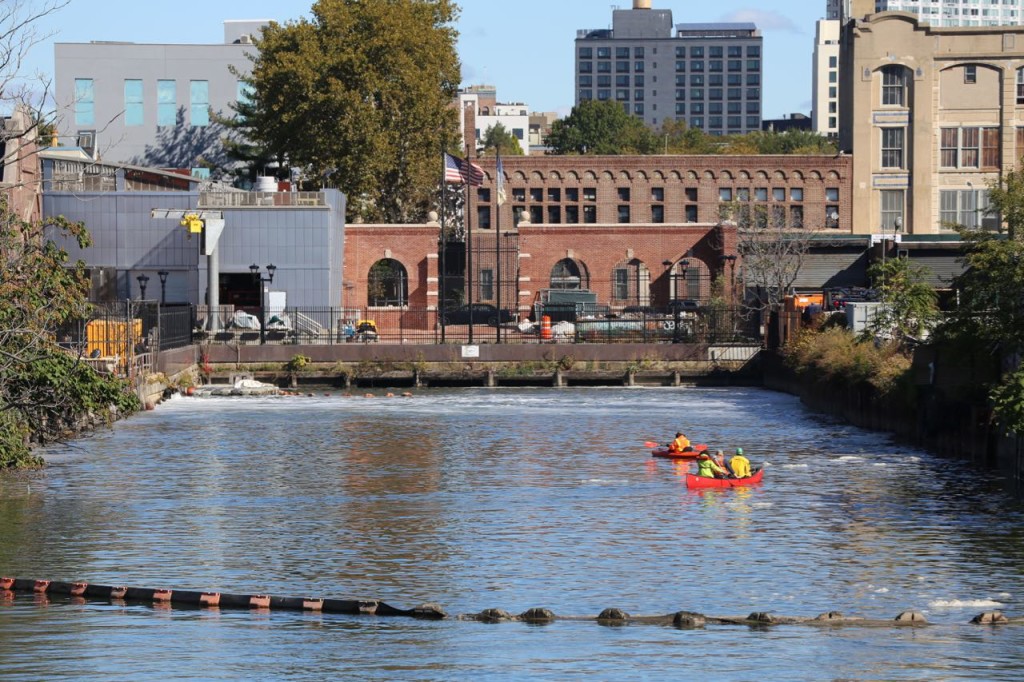
Mr. Swain and his support crew paddled to the start of the Gowanus Canal before he entered the water.
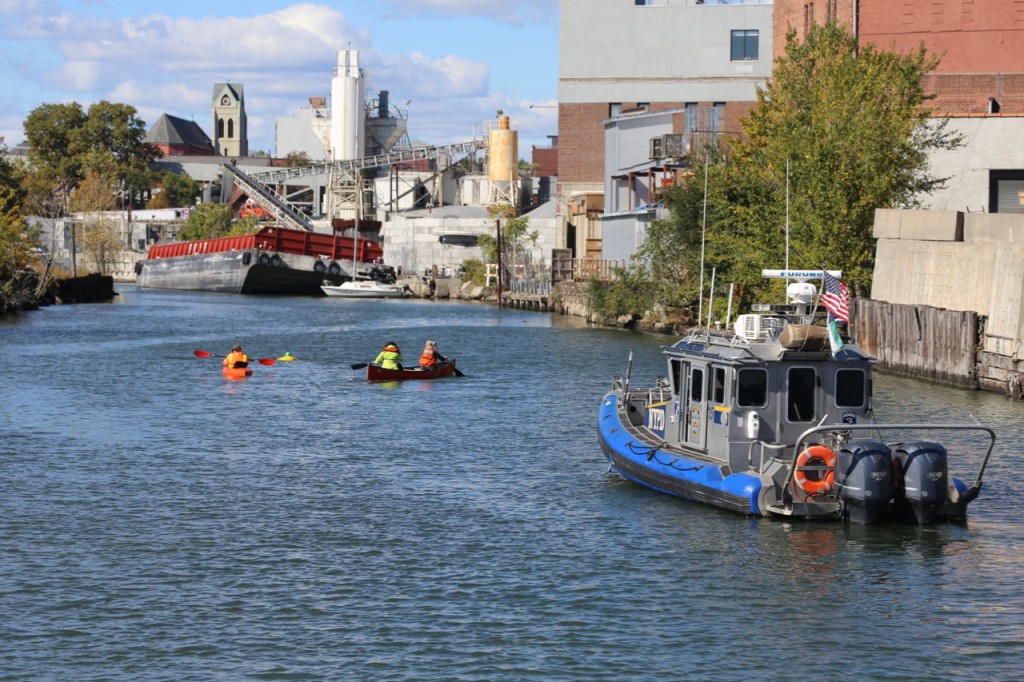
After he reached the 3rd Street bridge, the NYPD provided an escort (either the water wasn’t deep enough or the bridges prevented it before).

